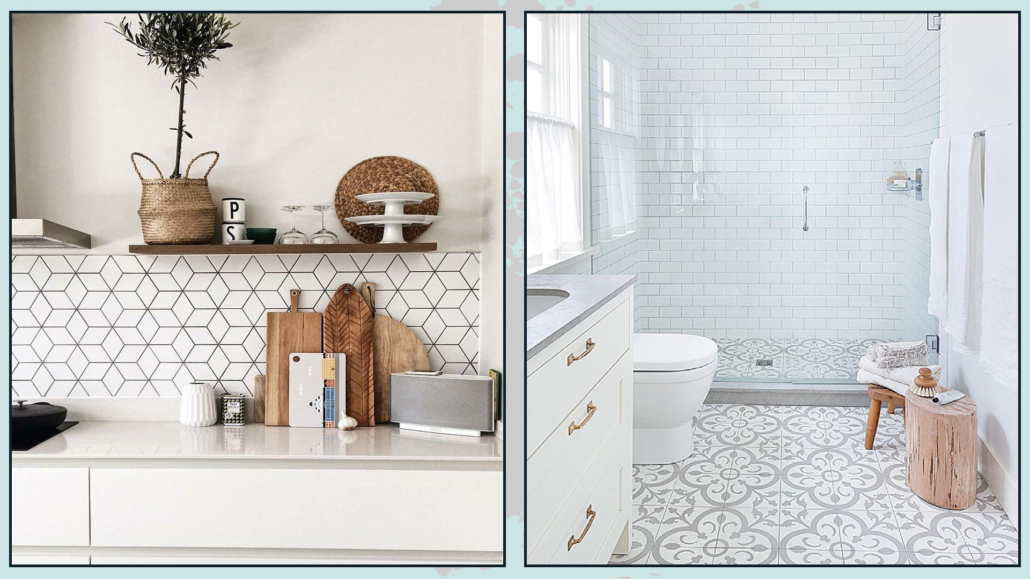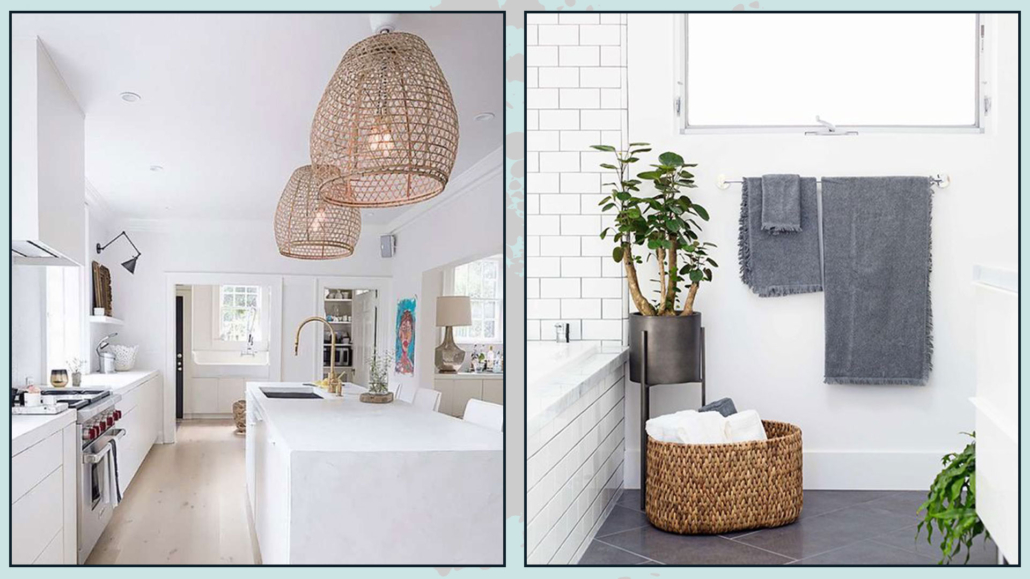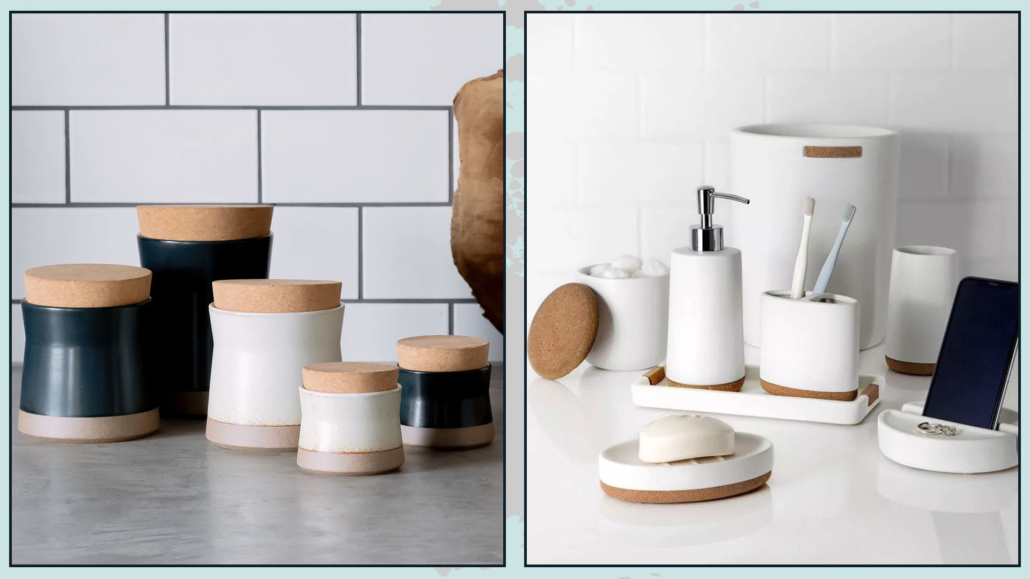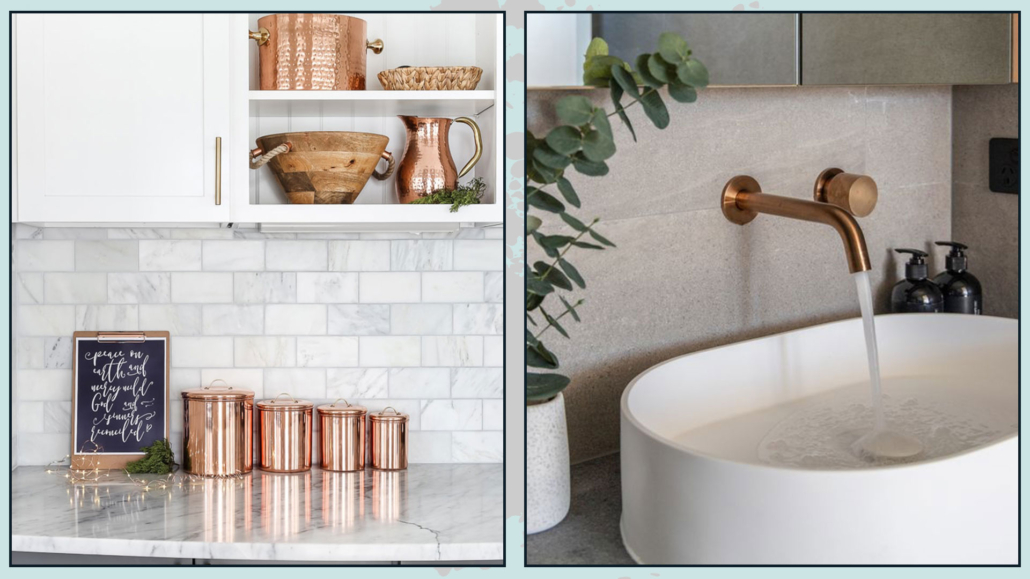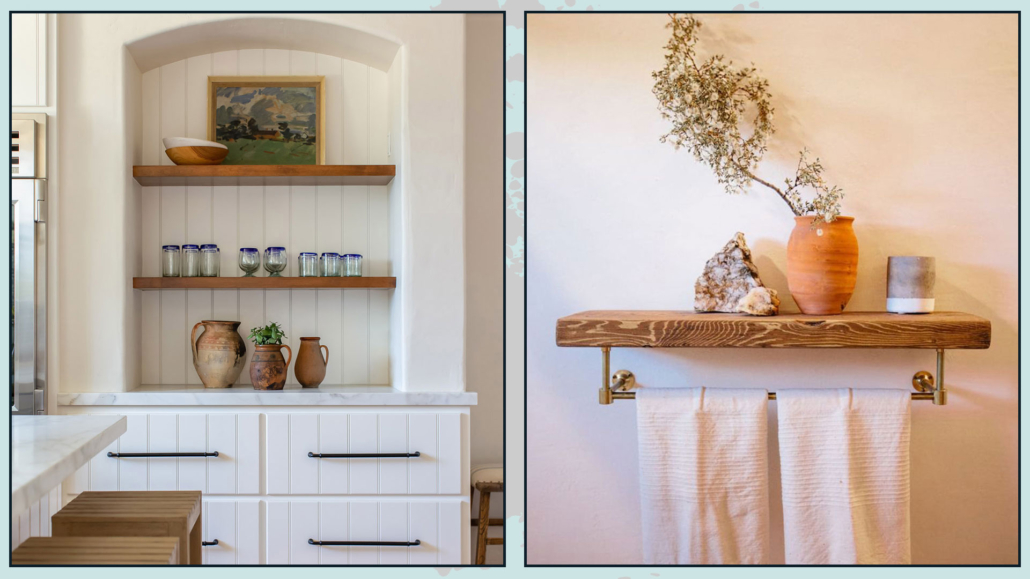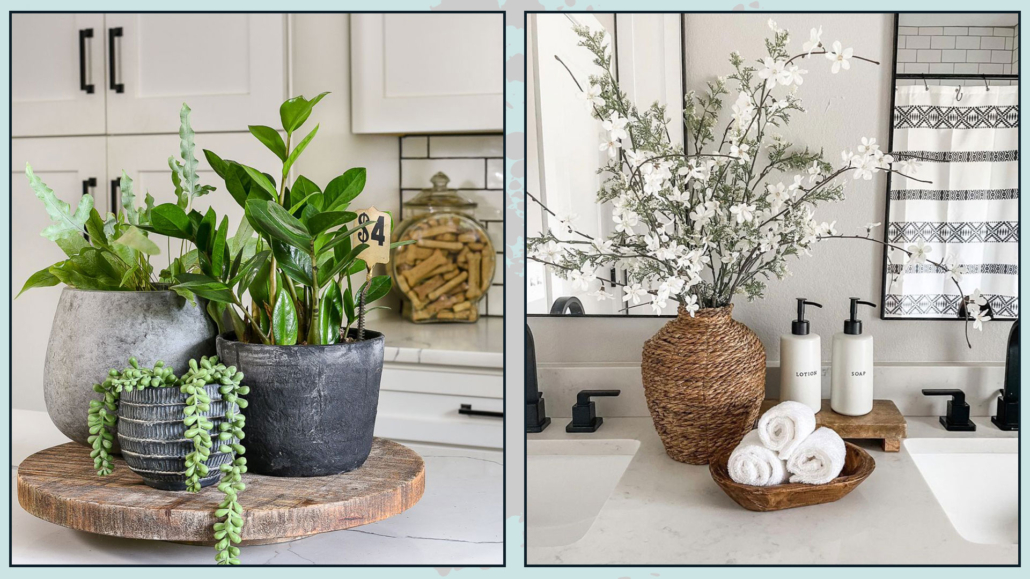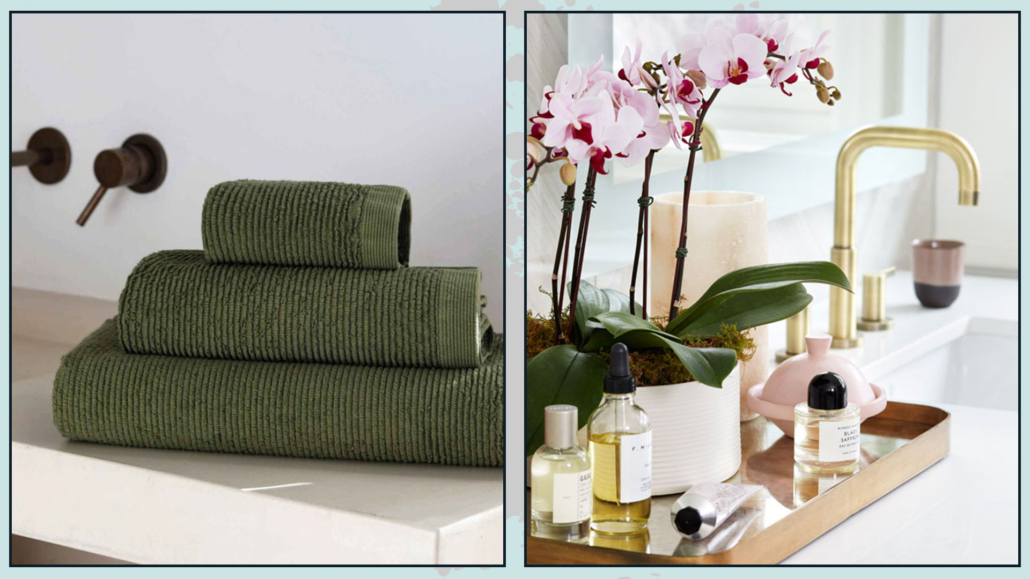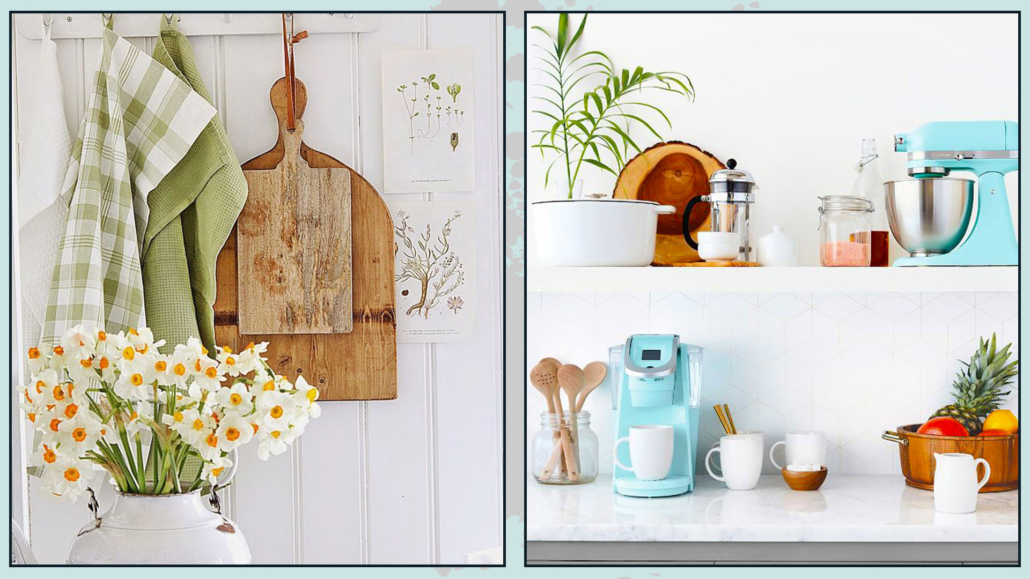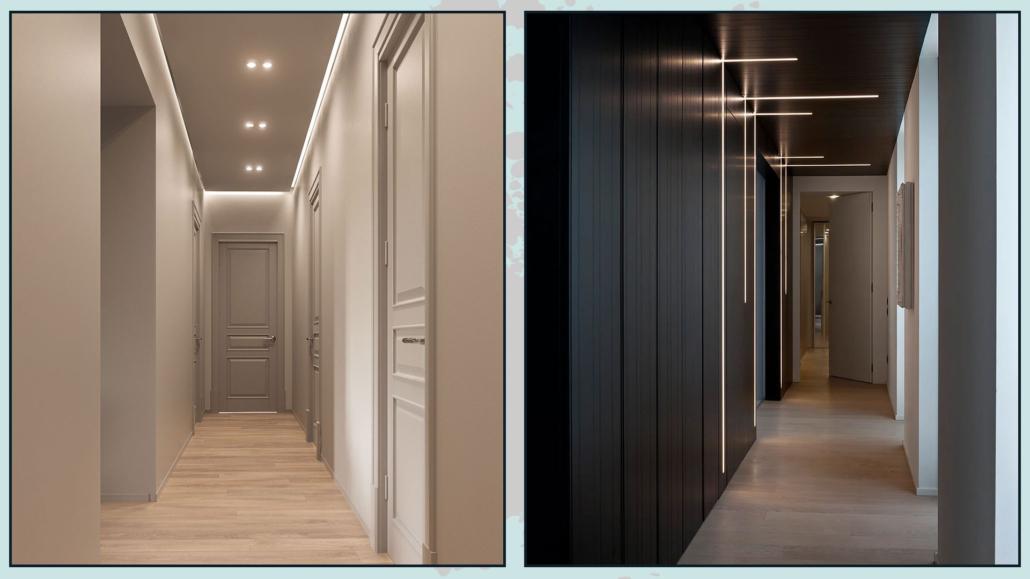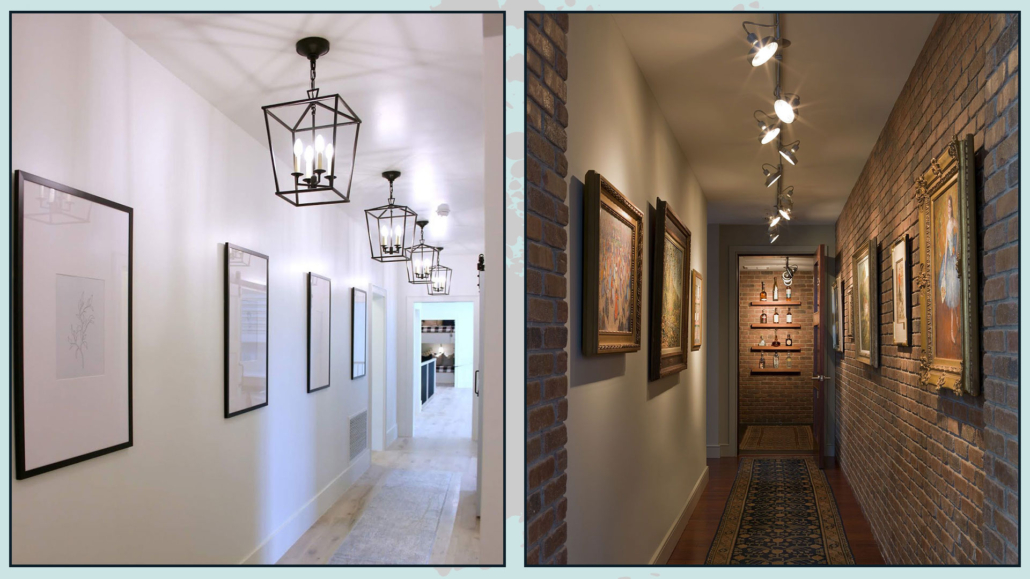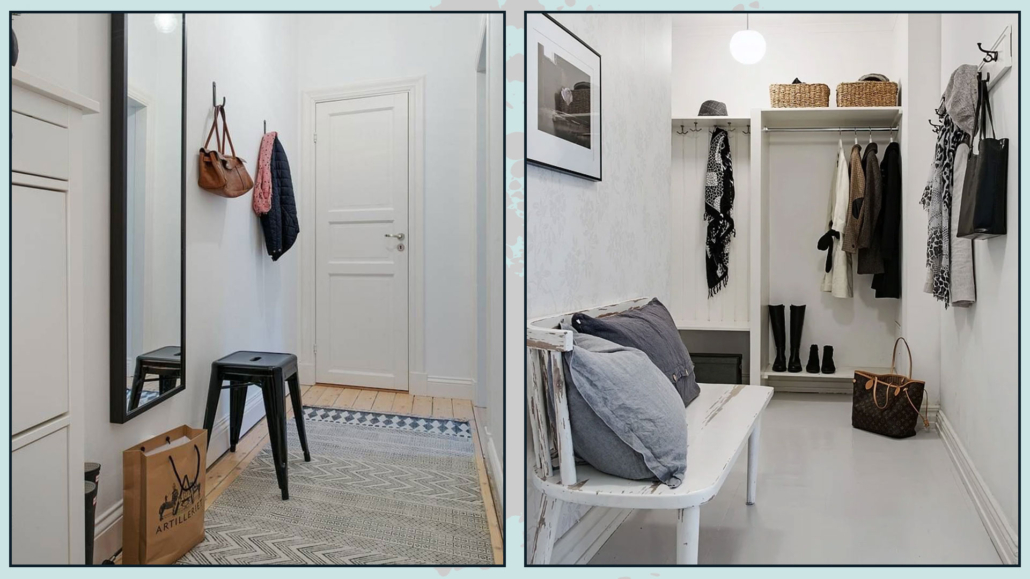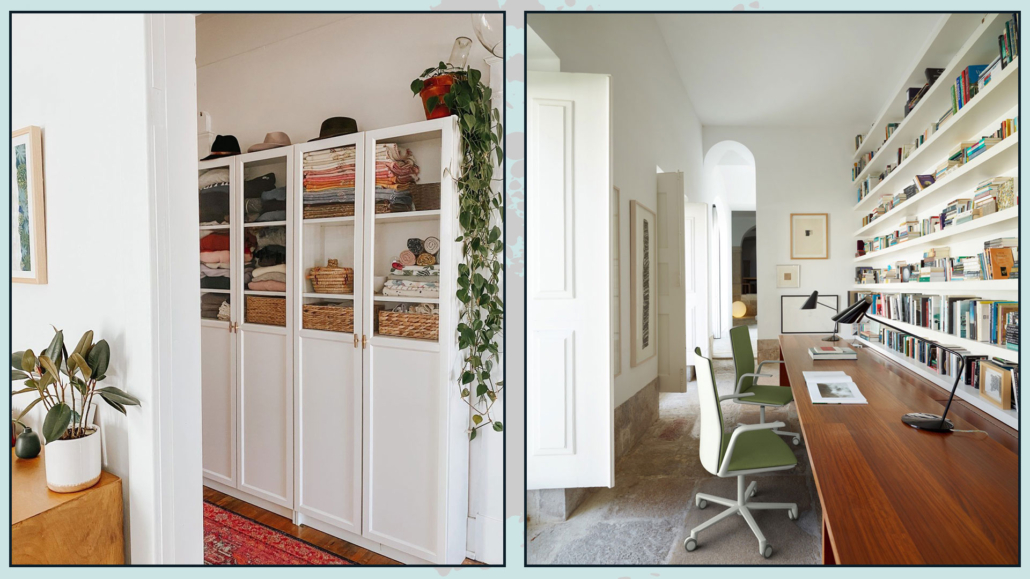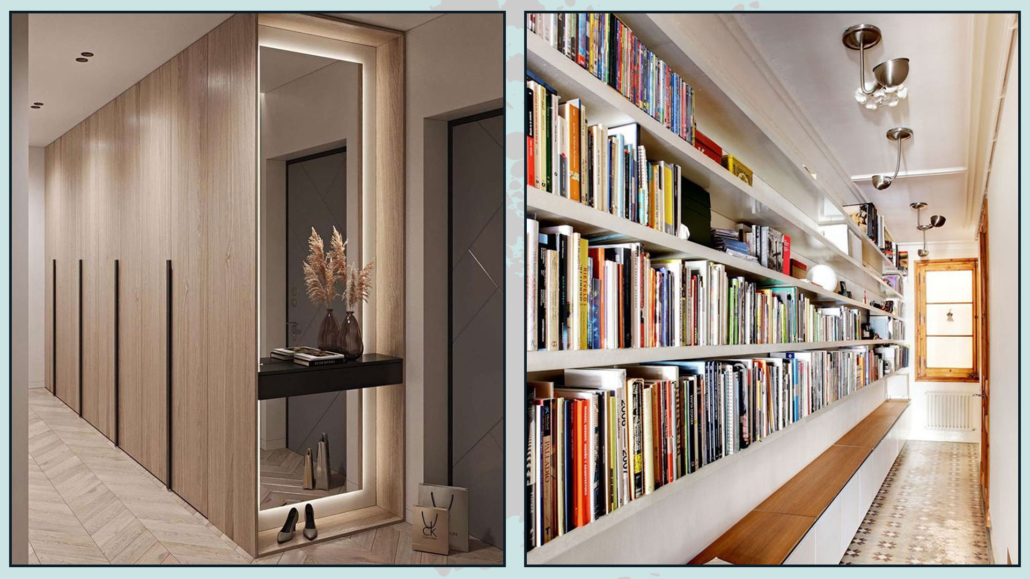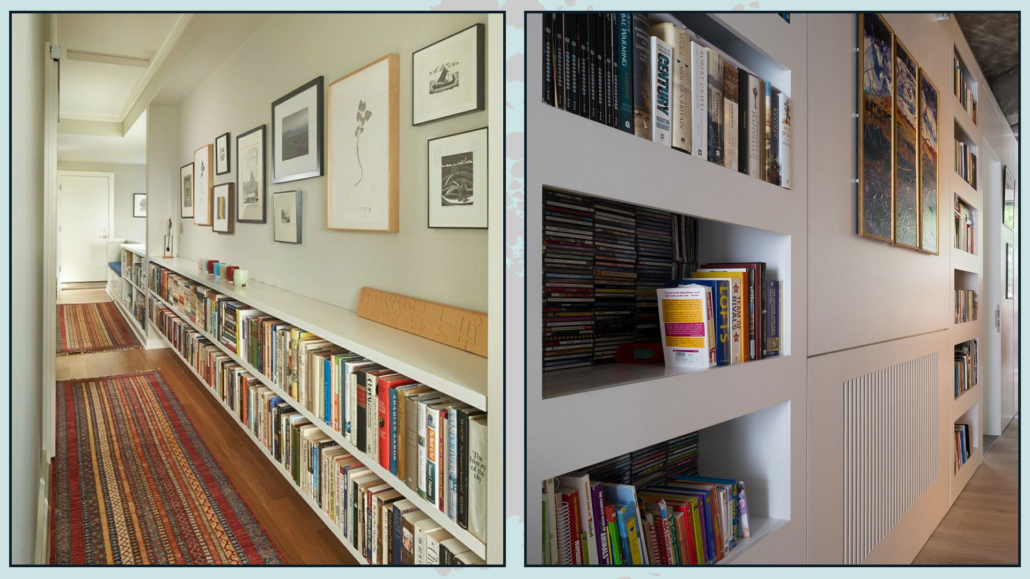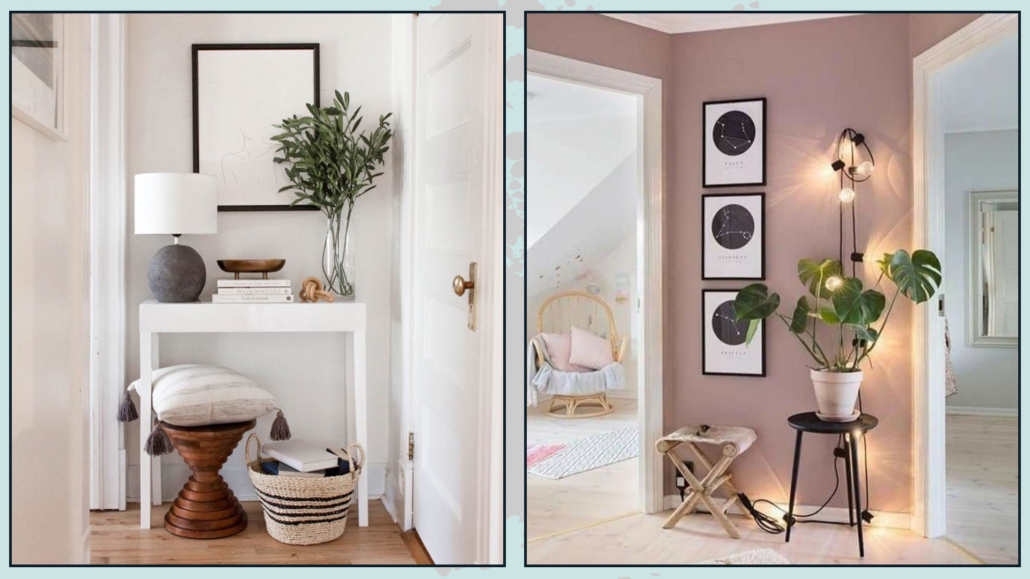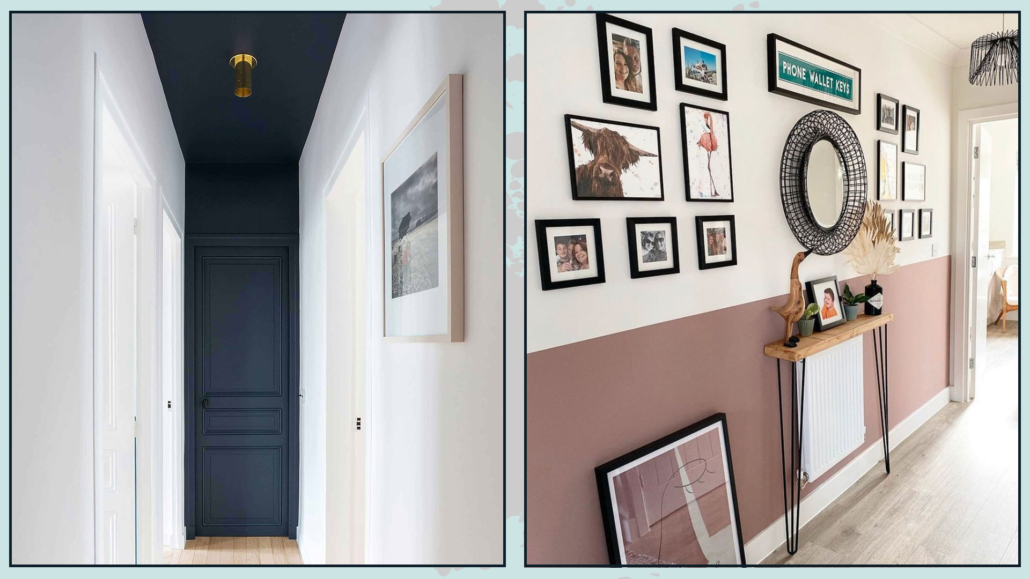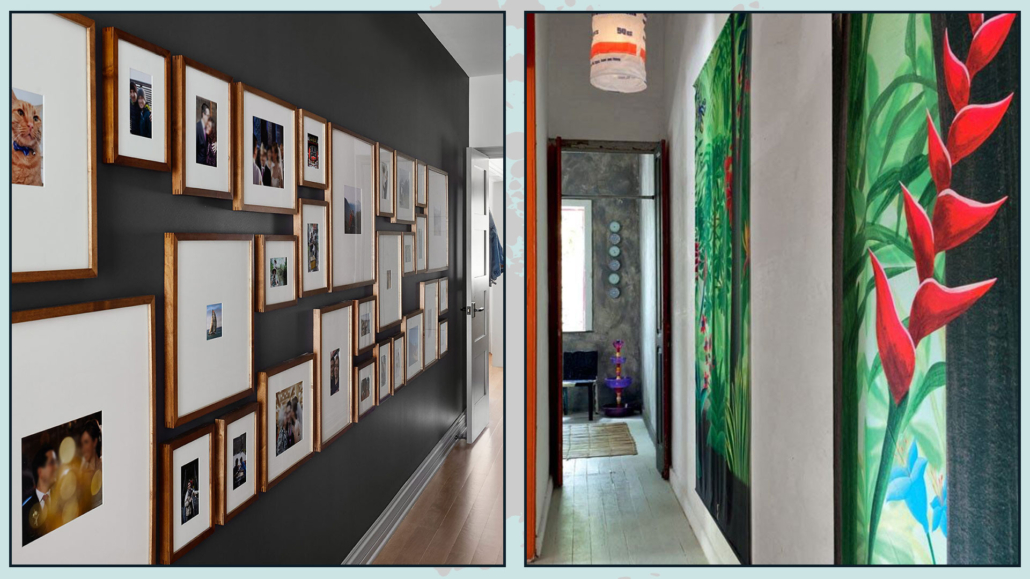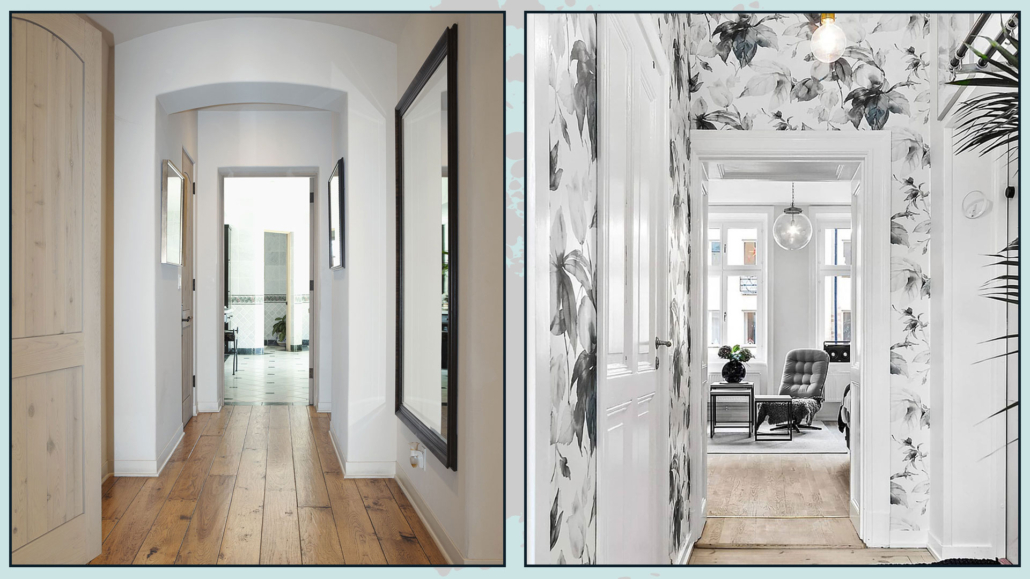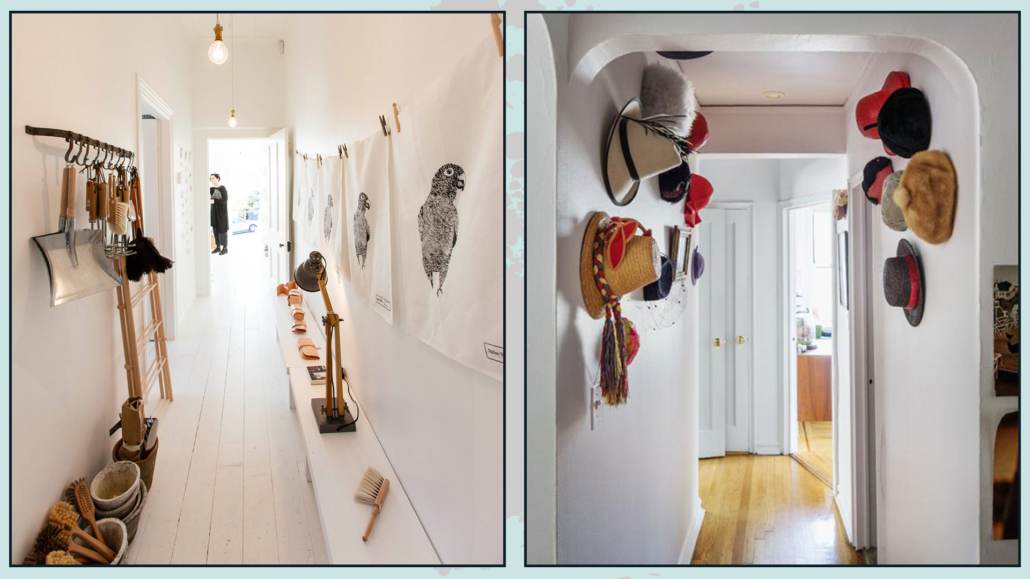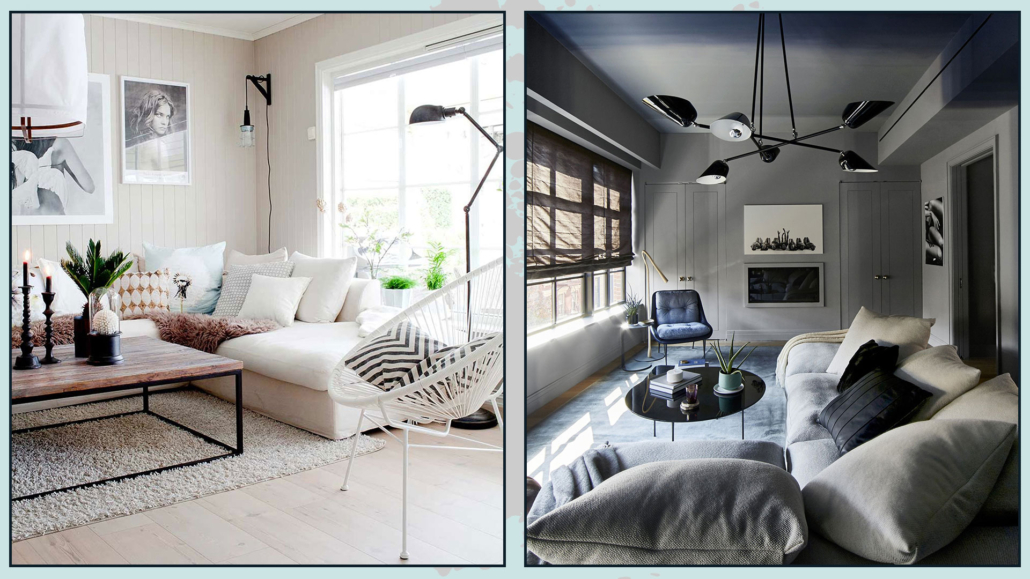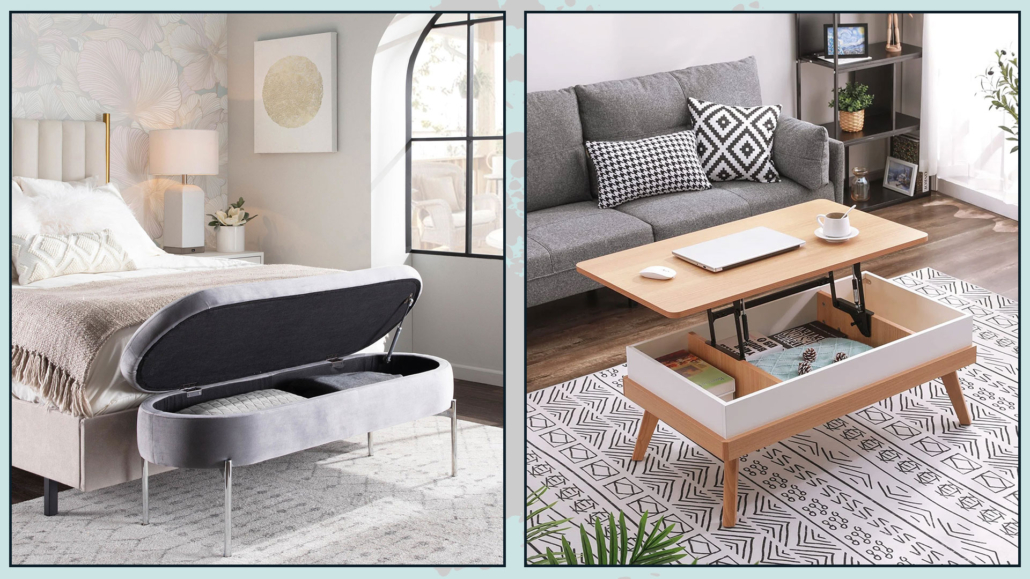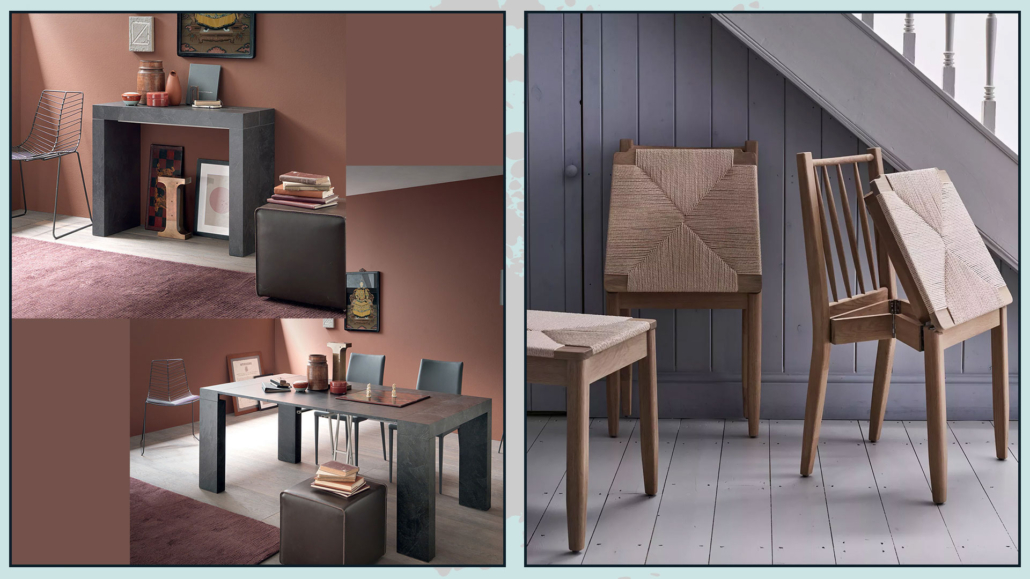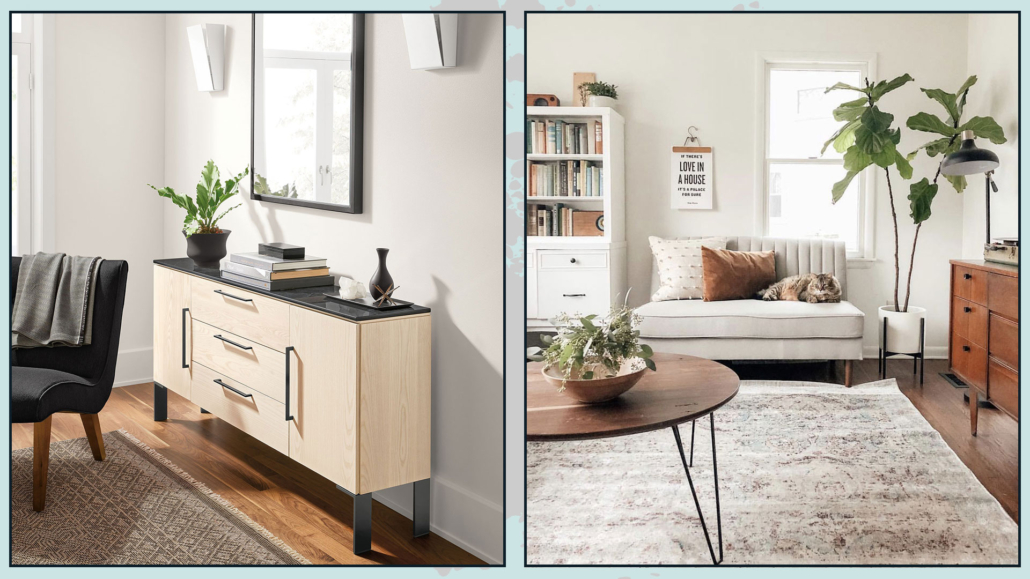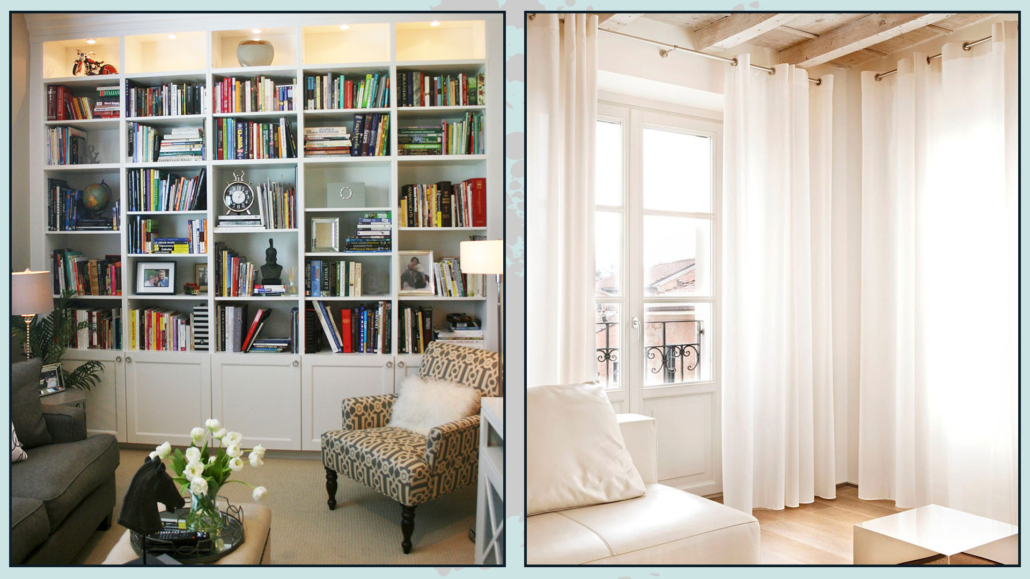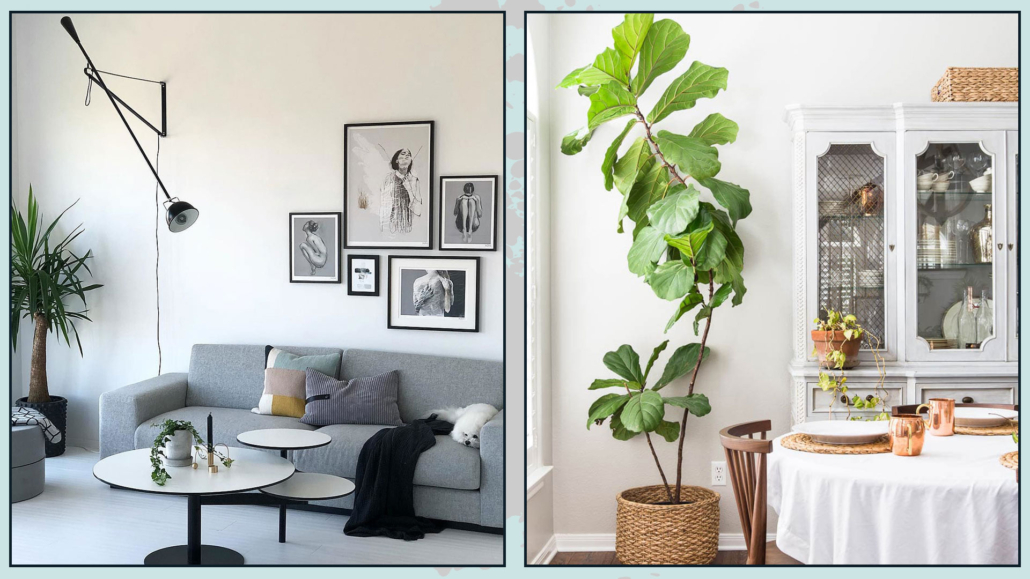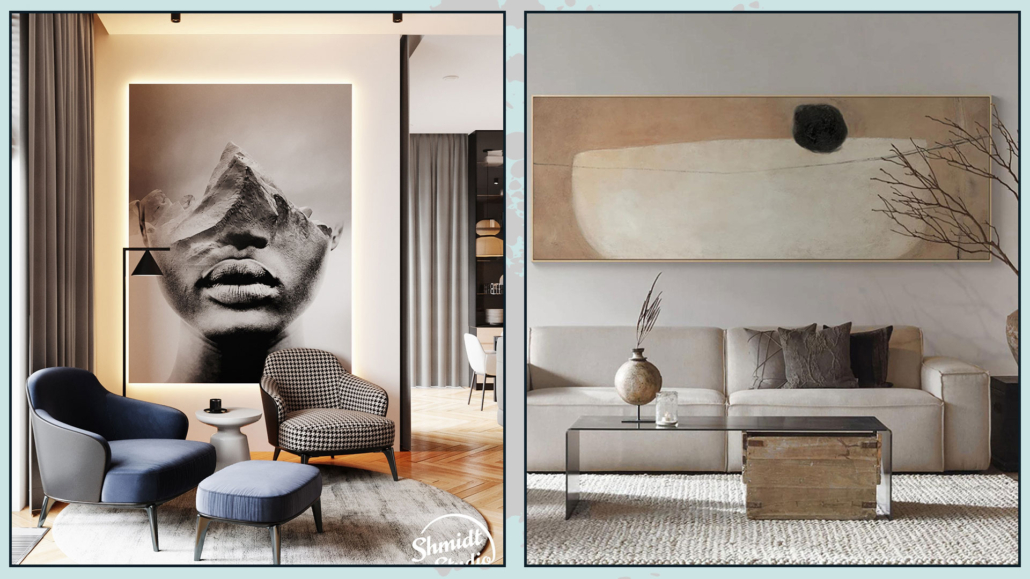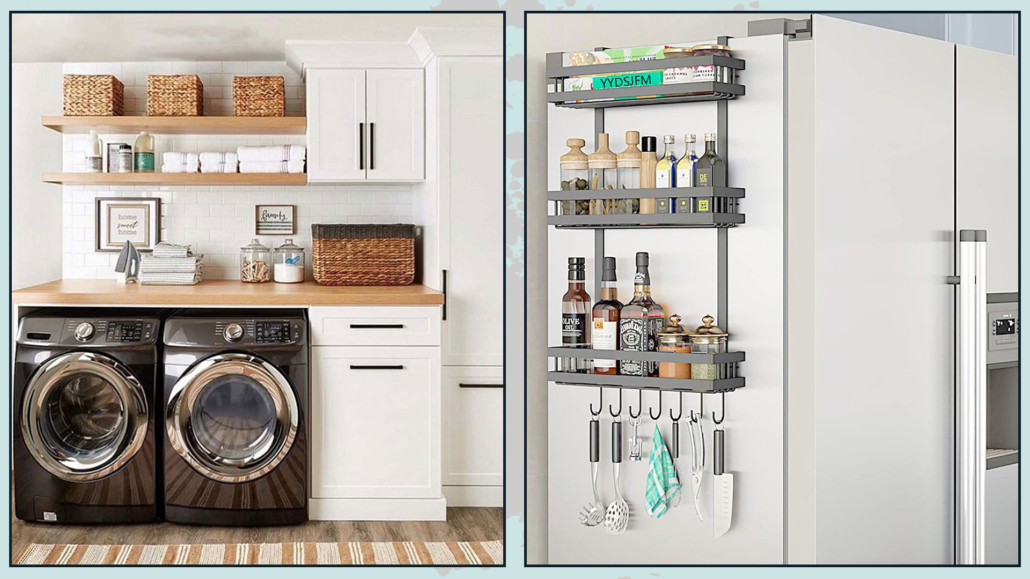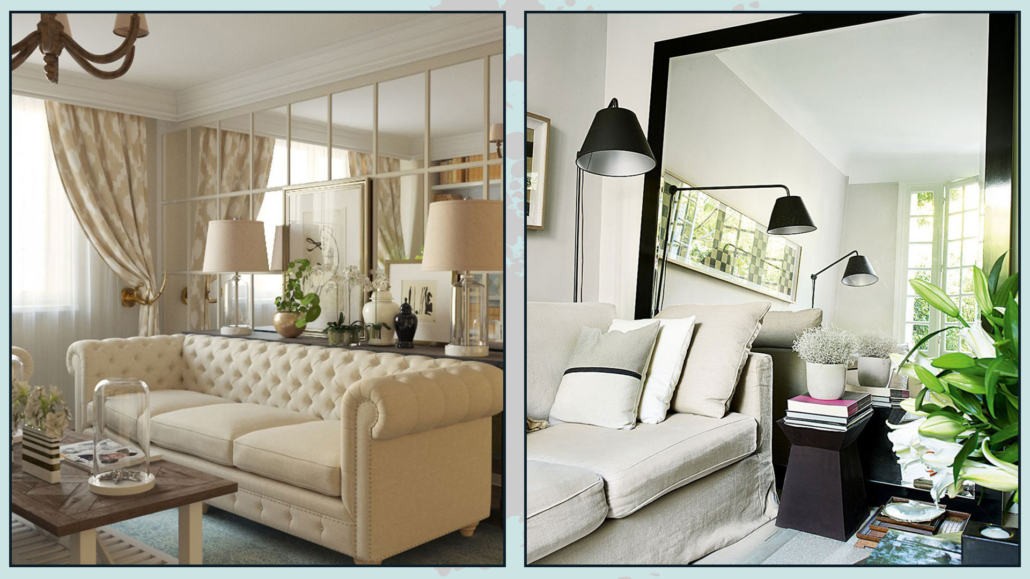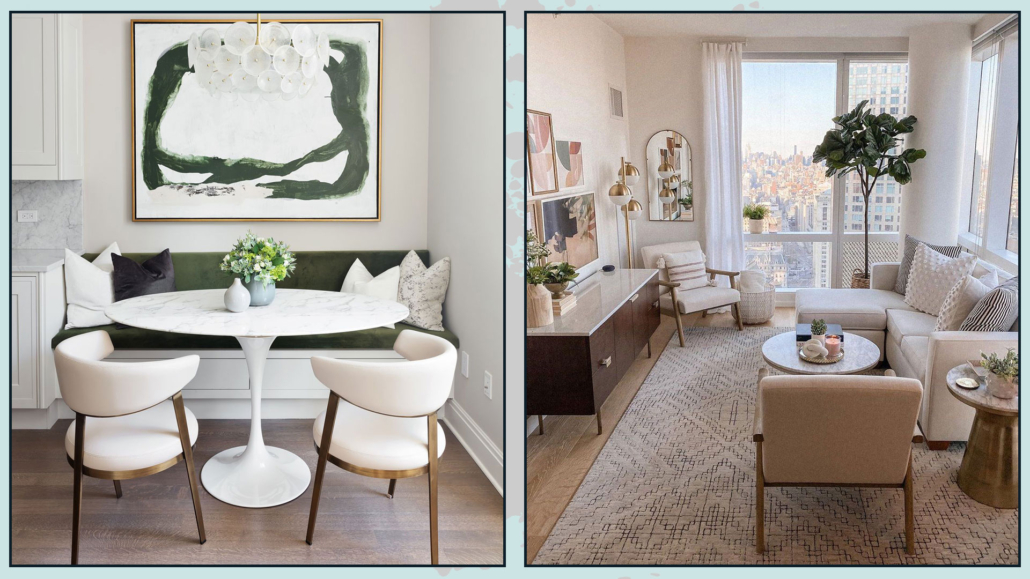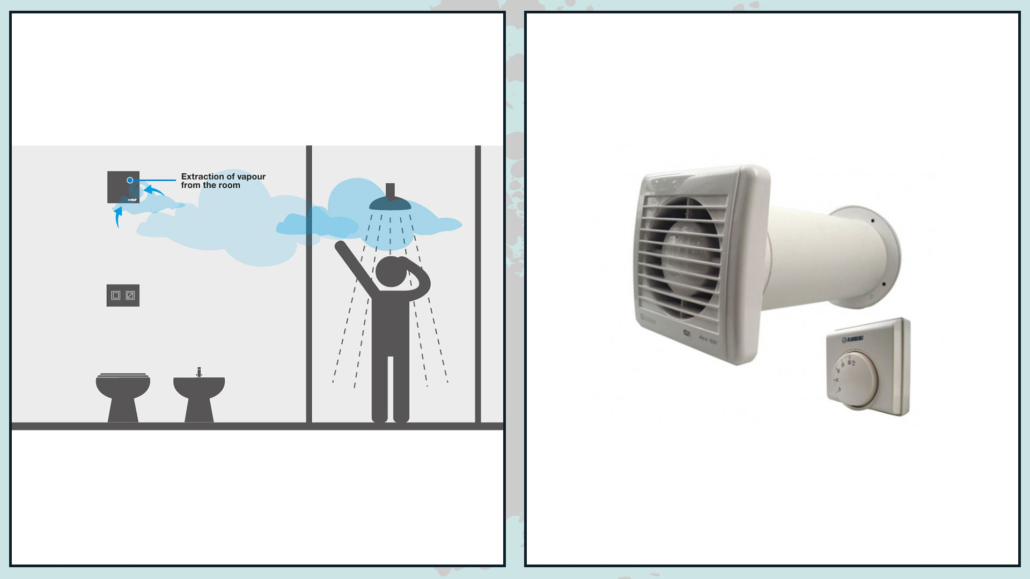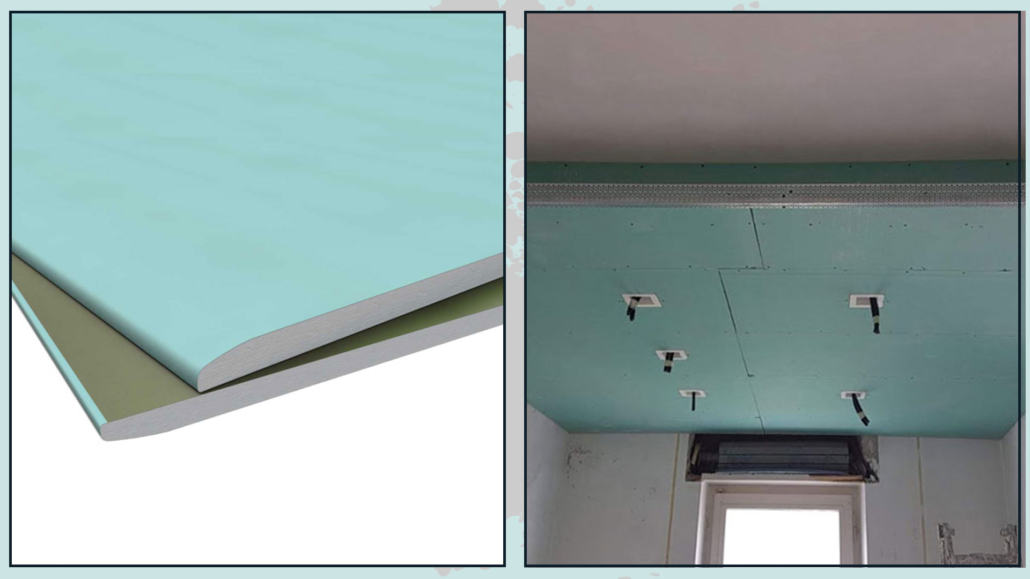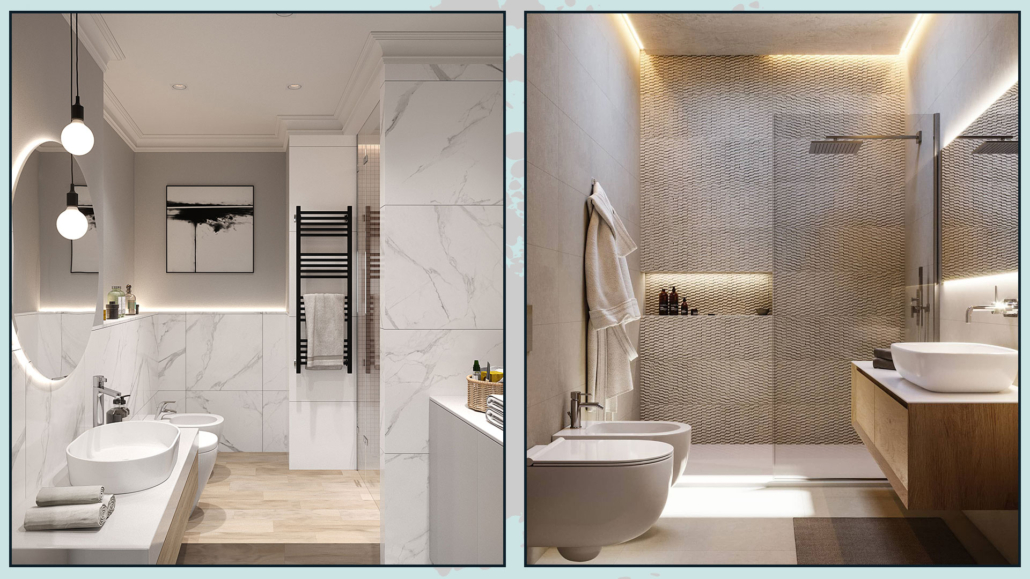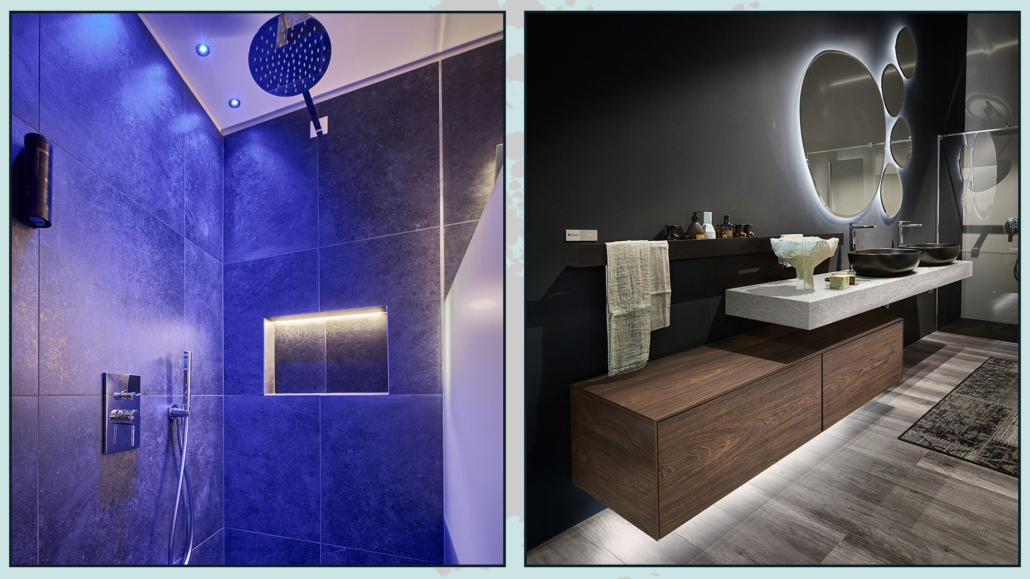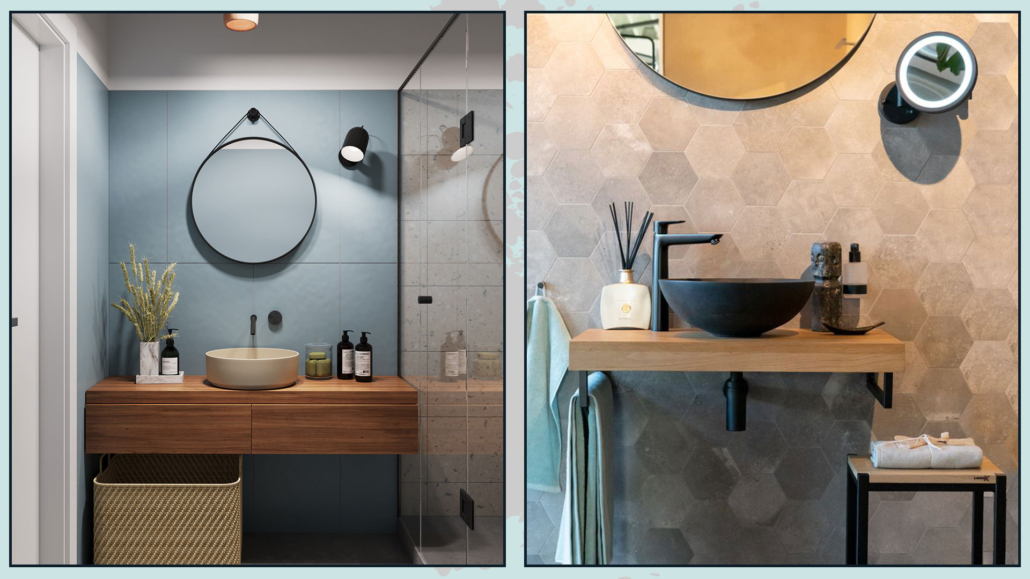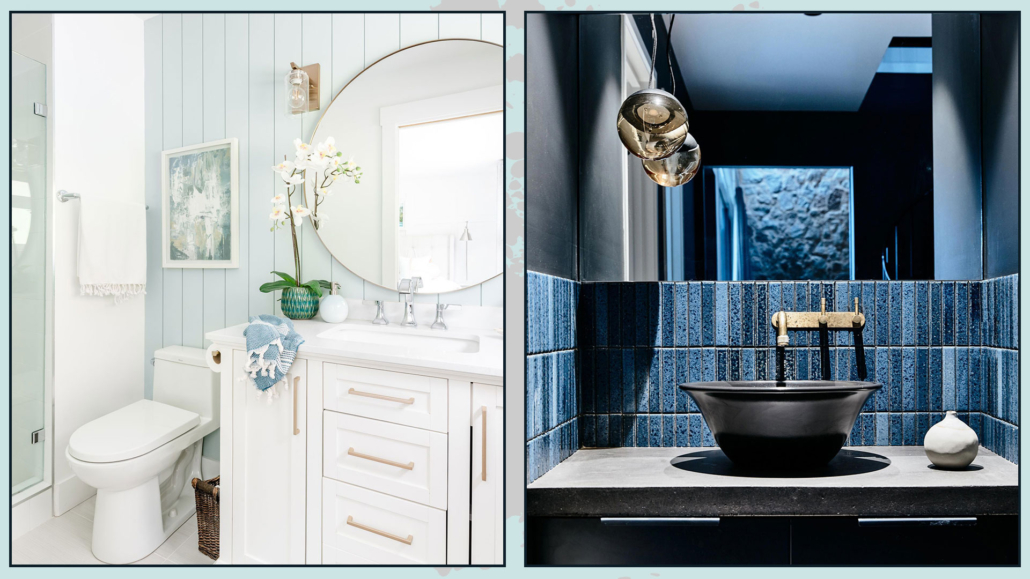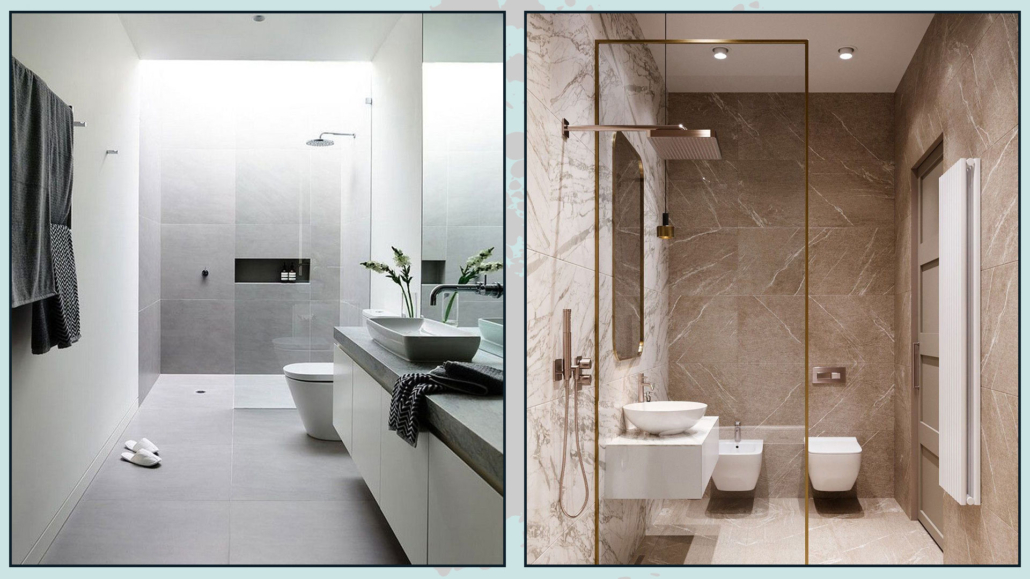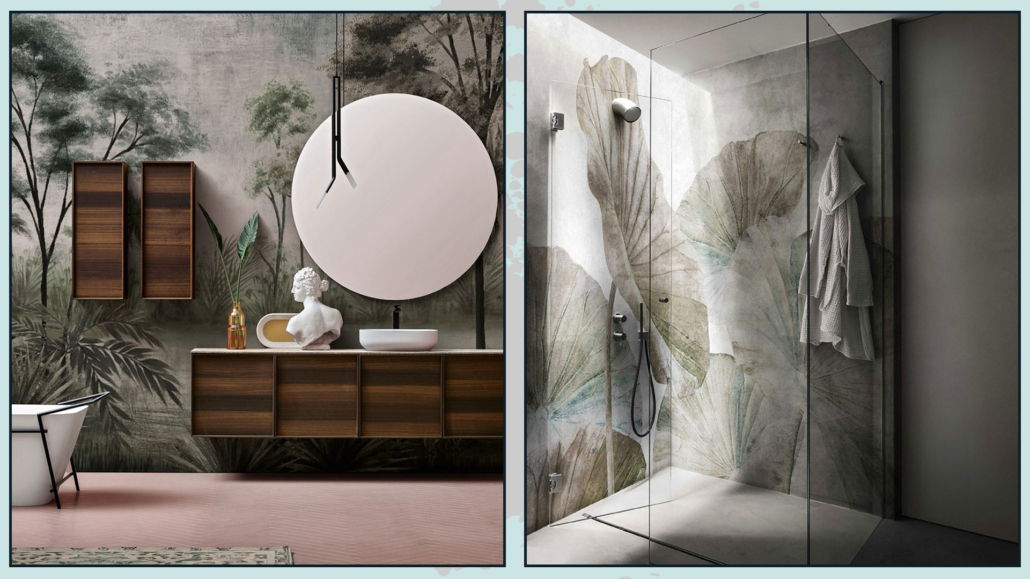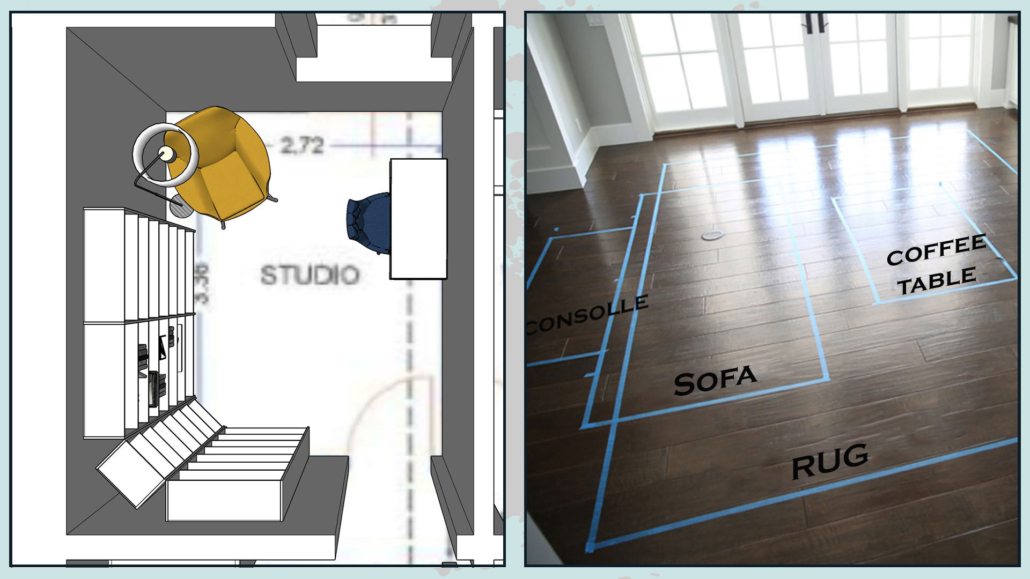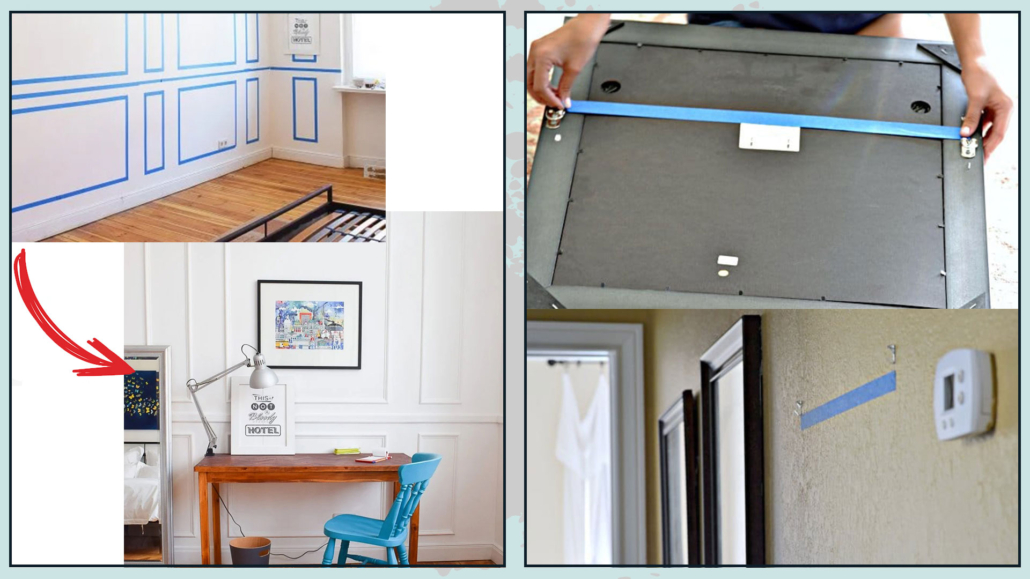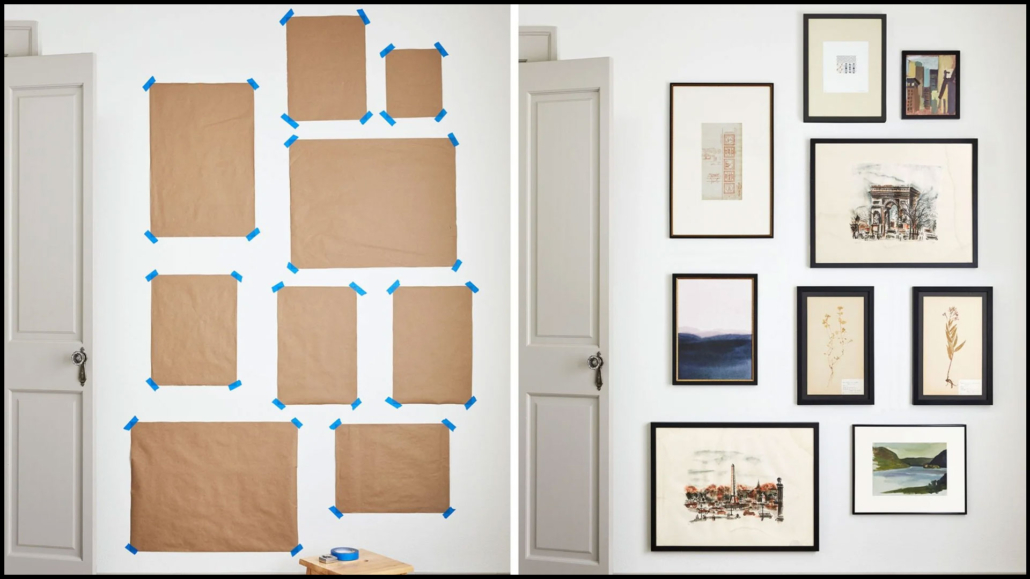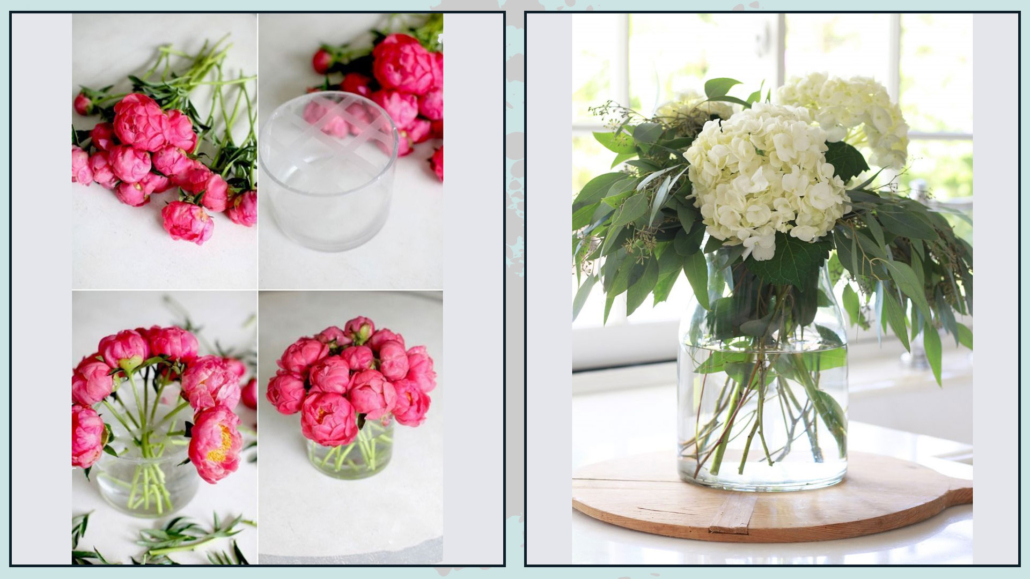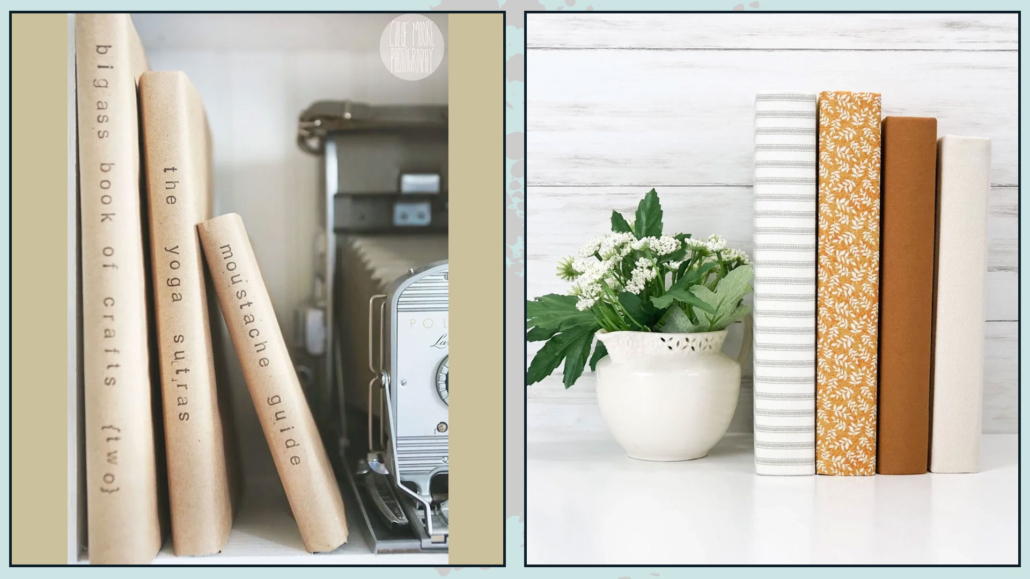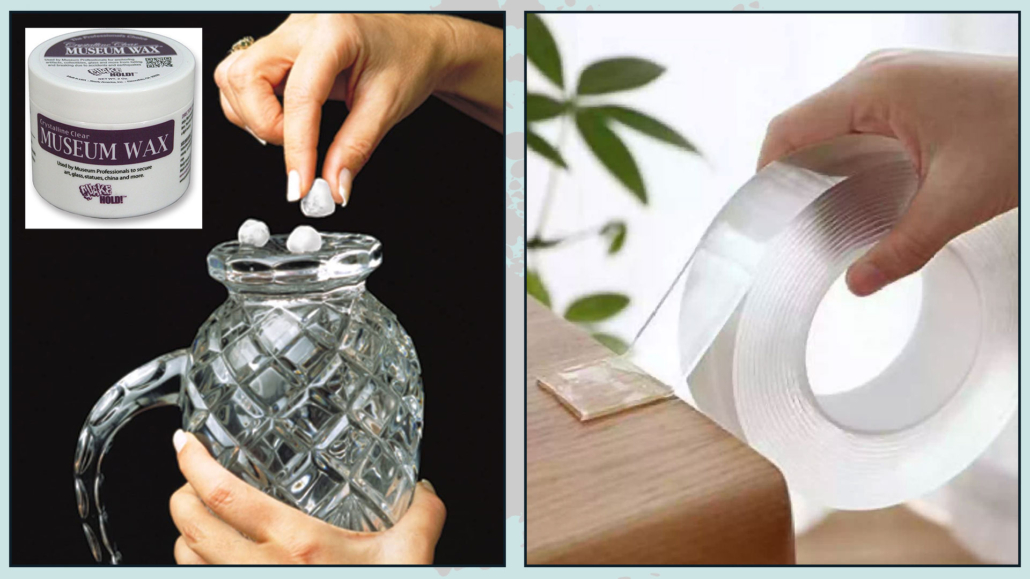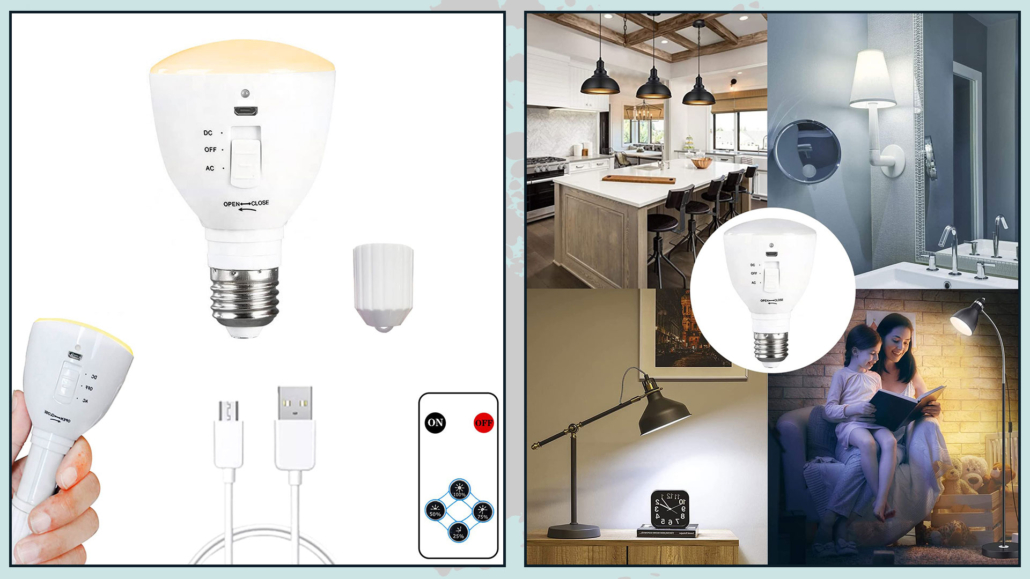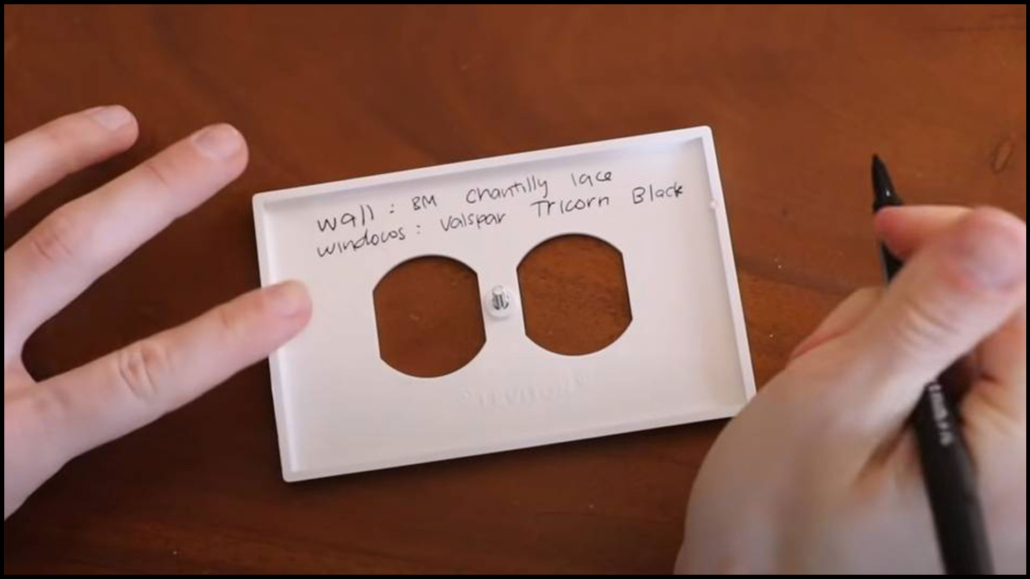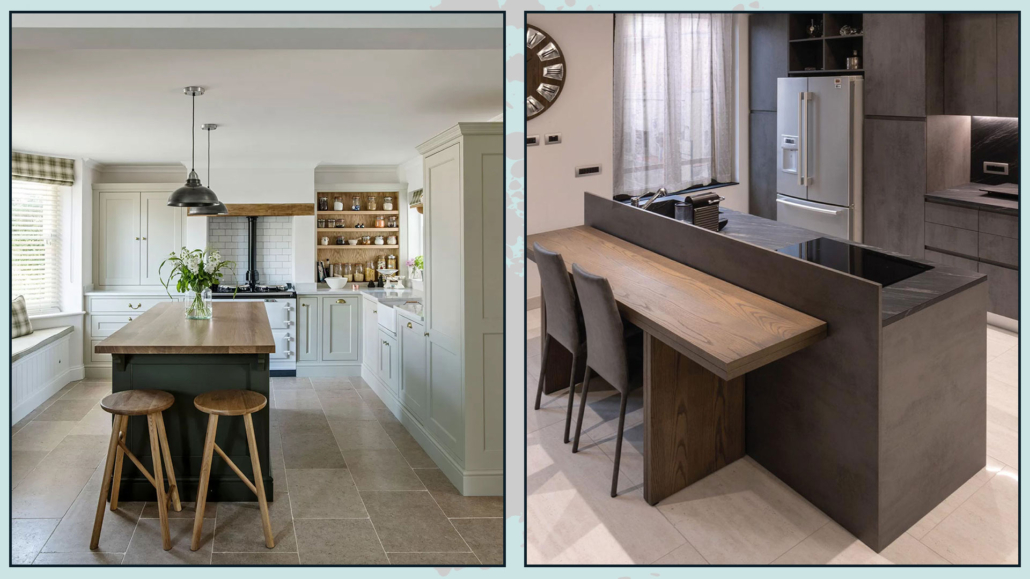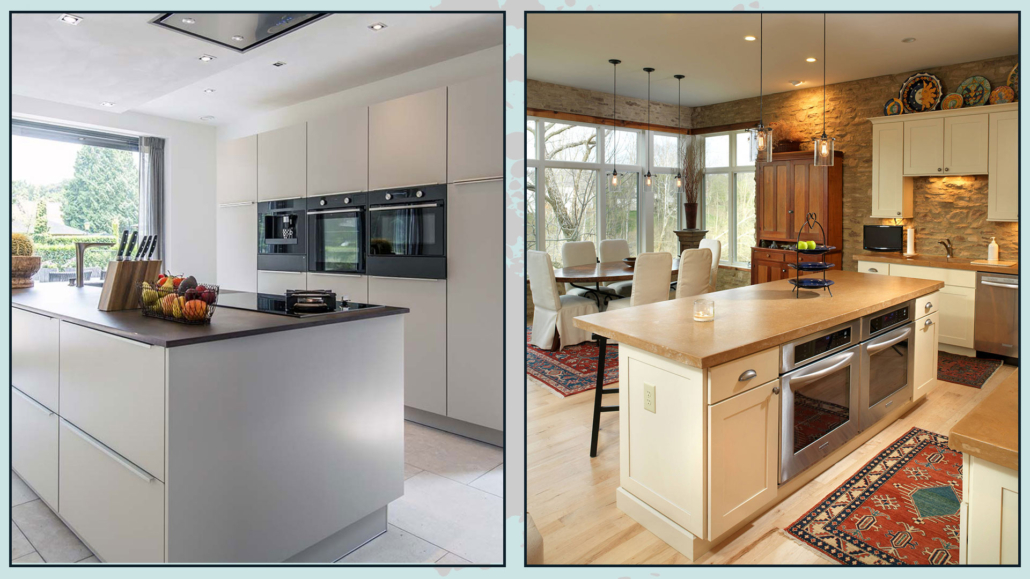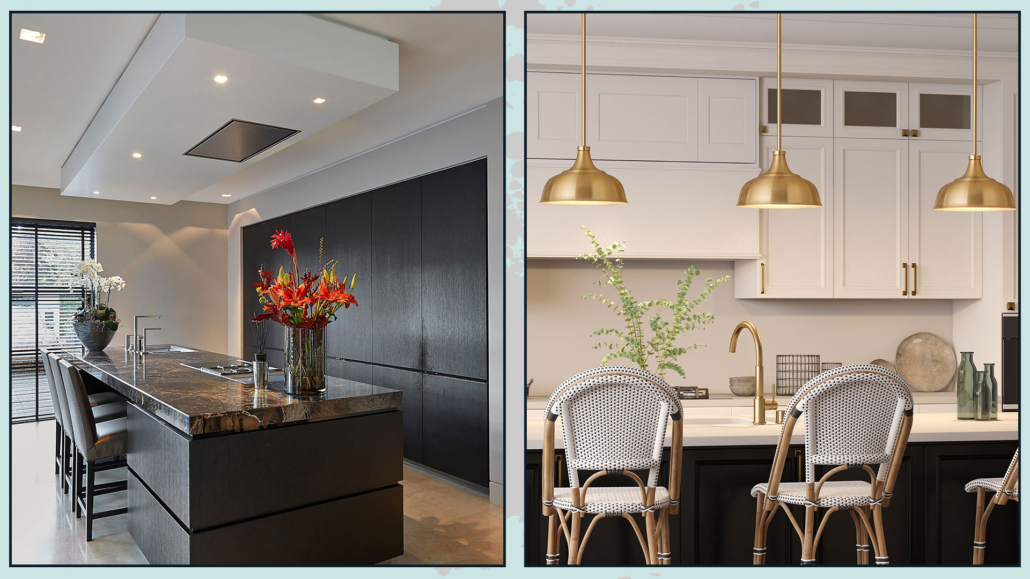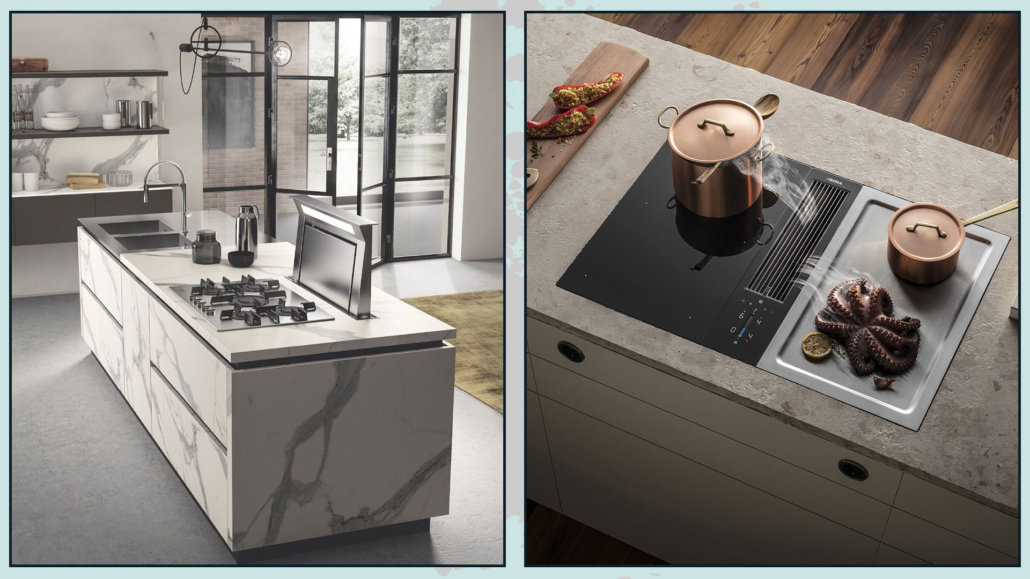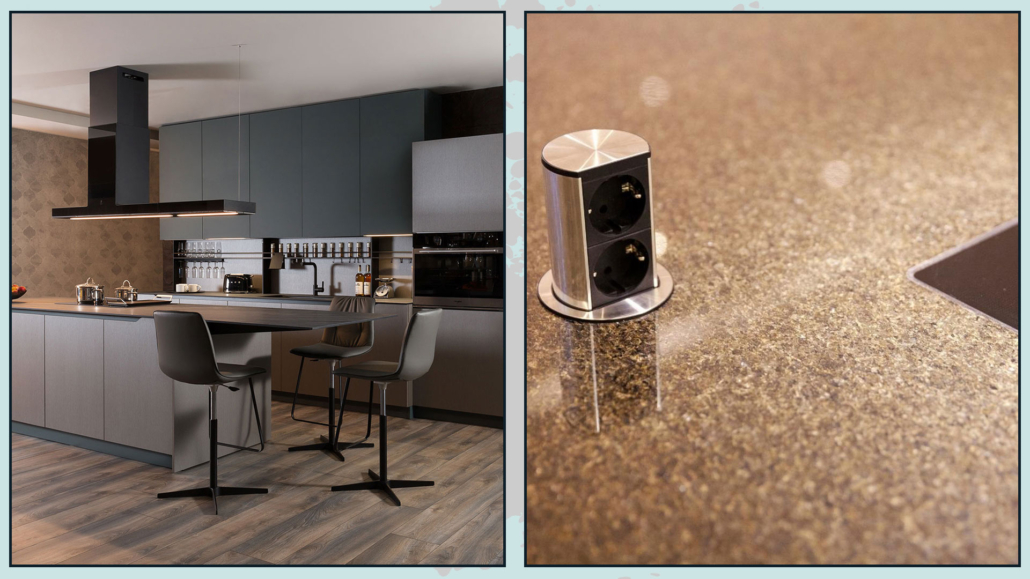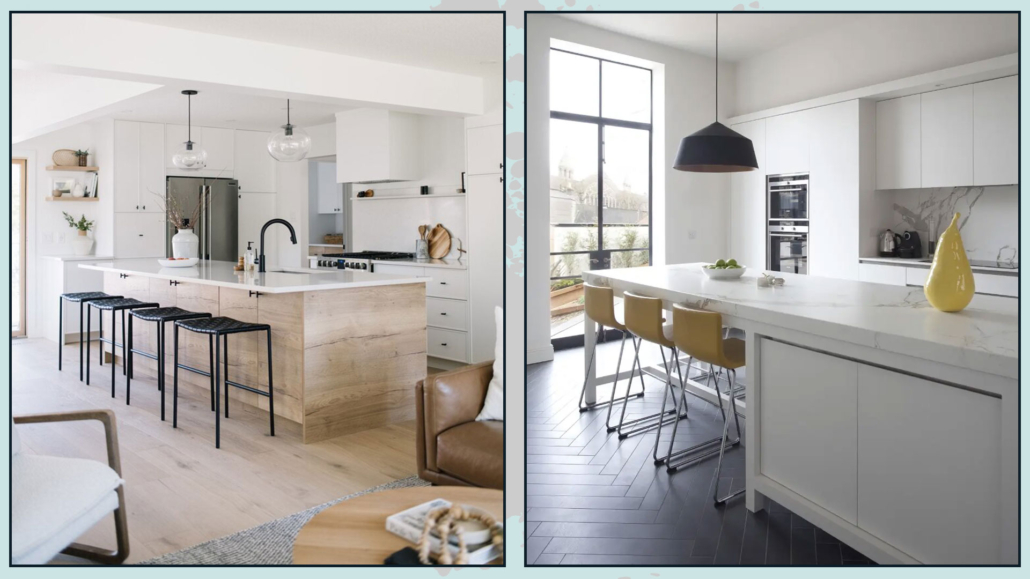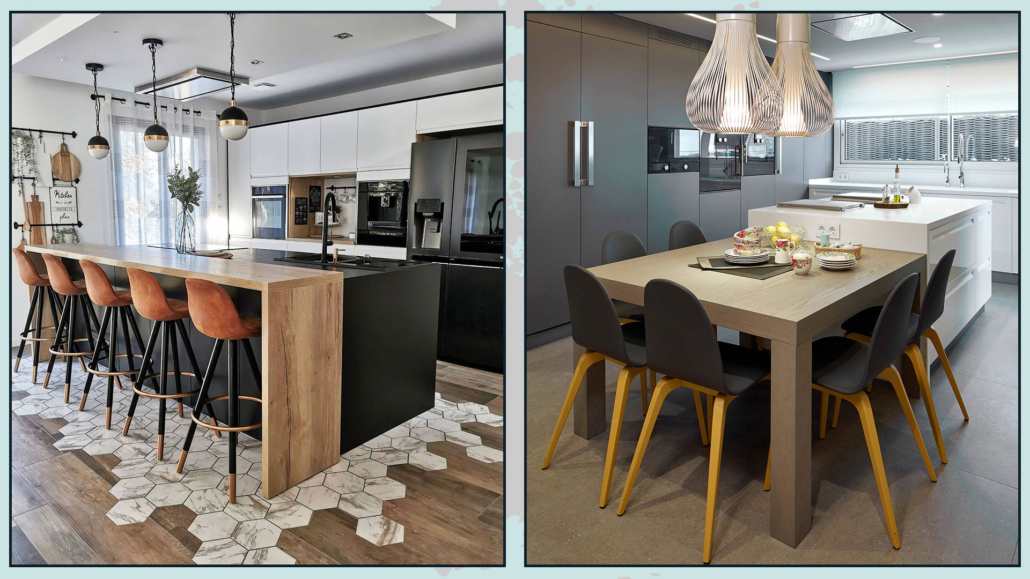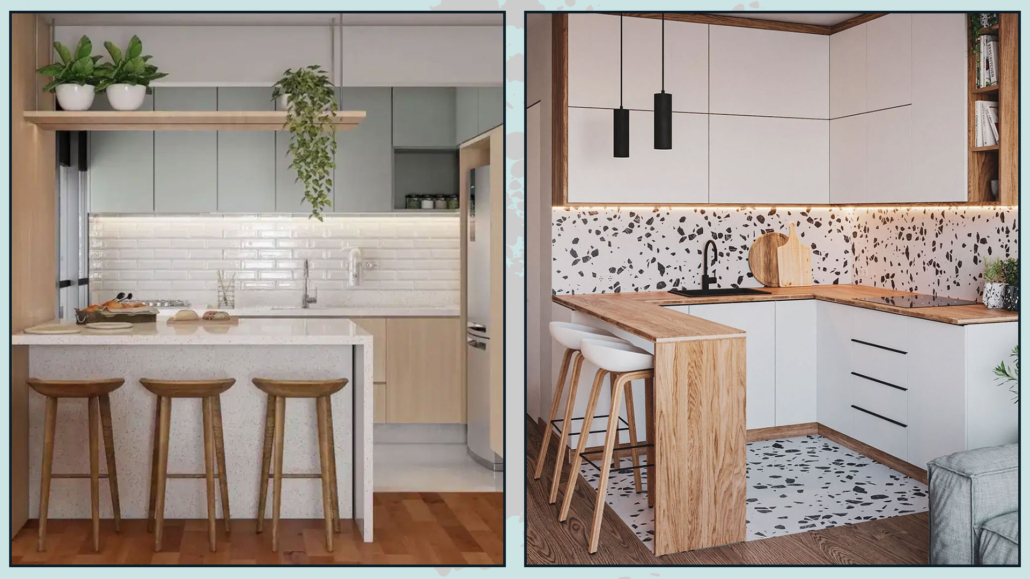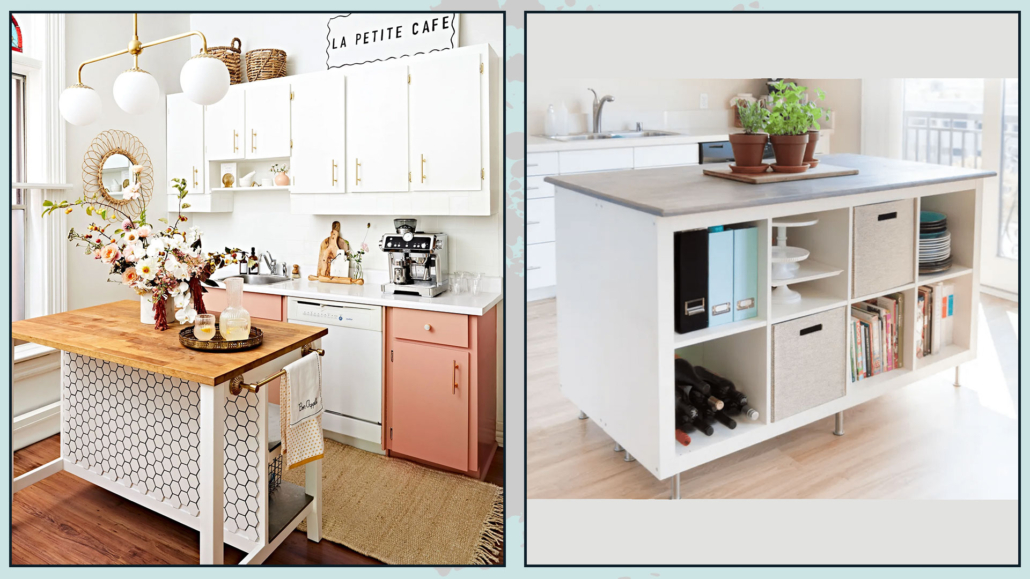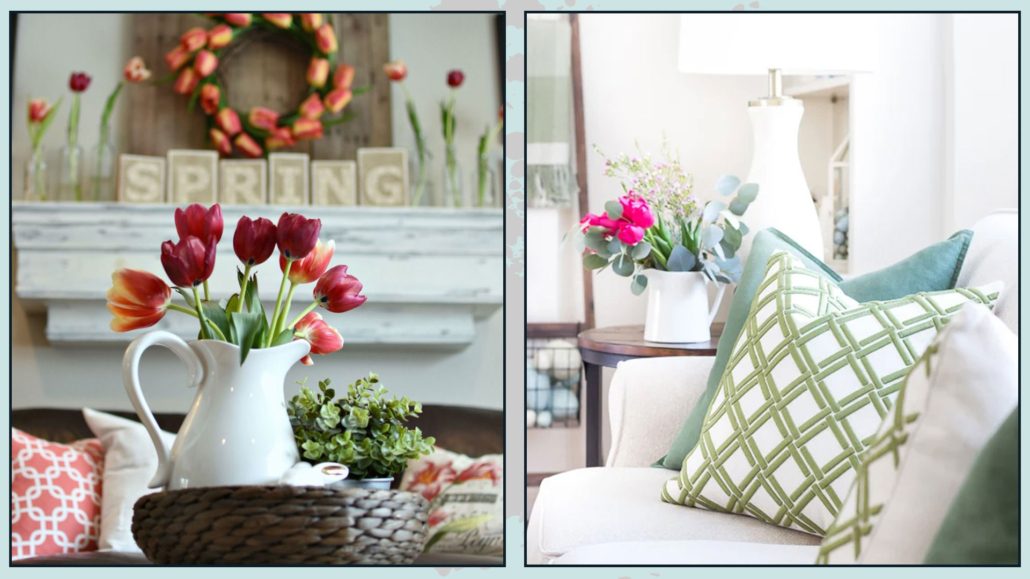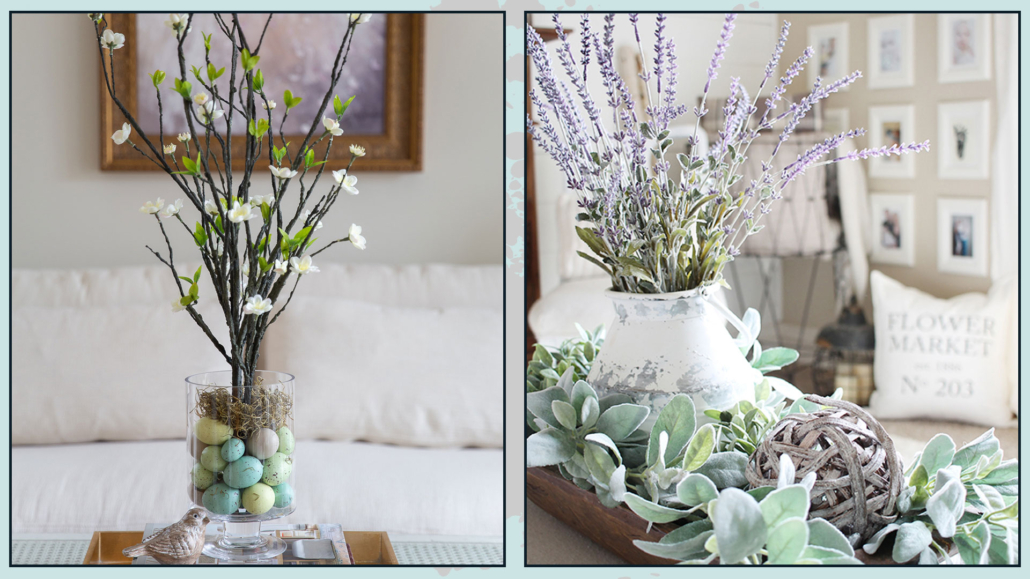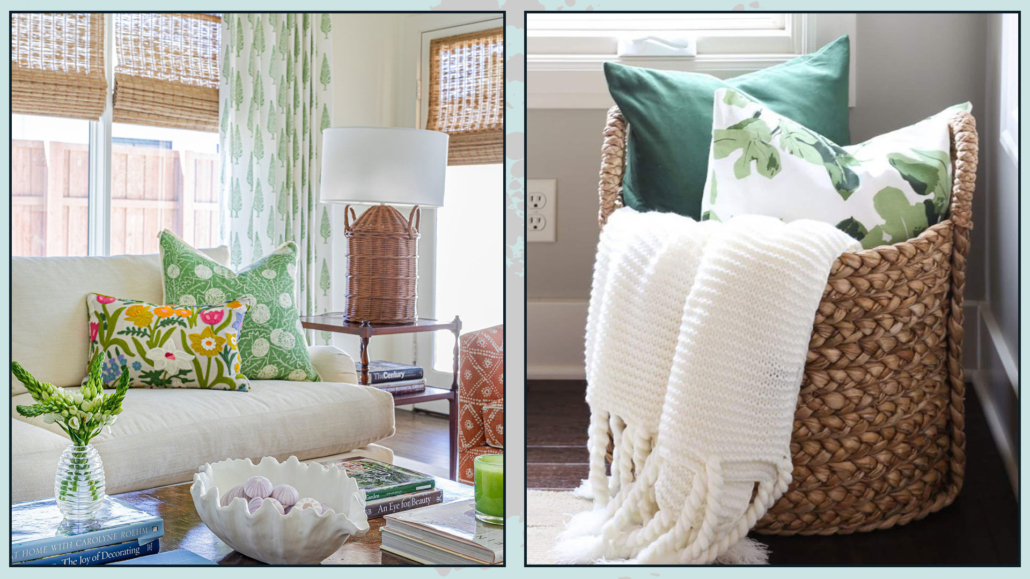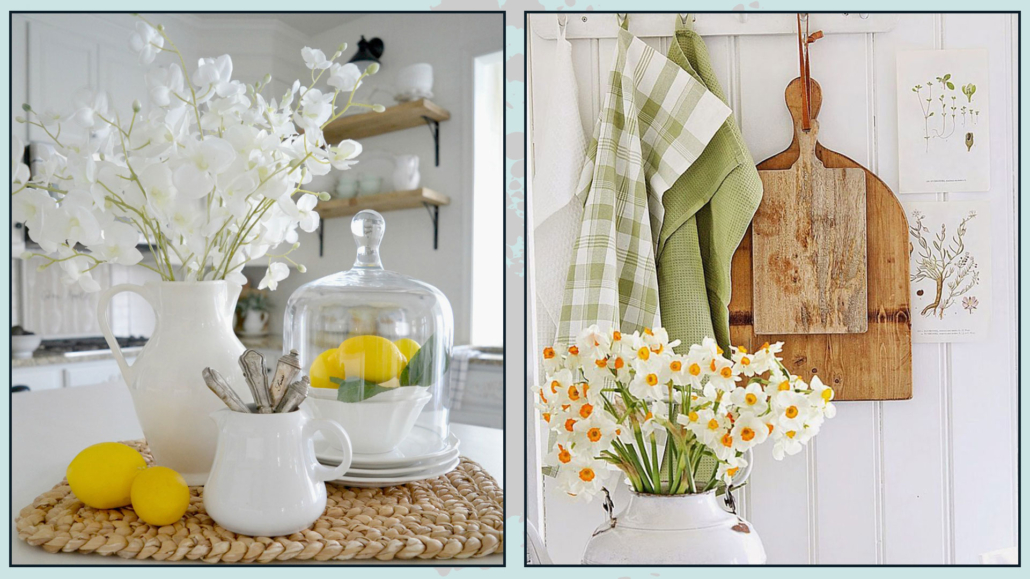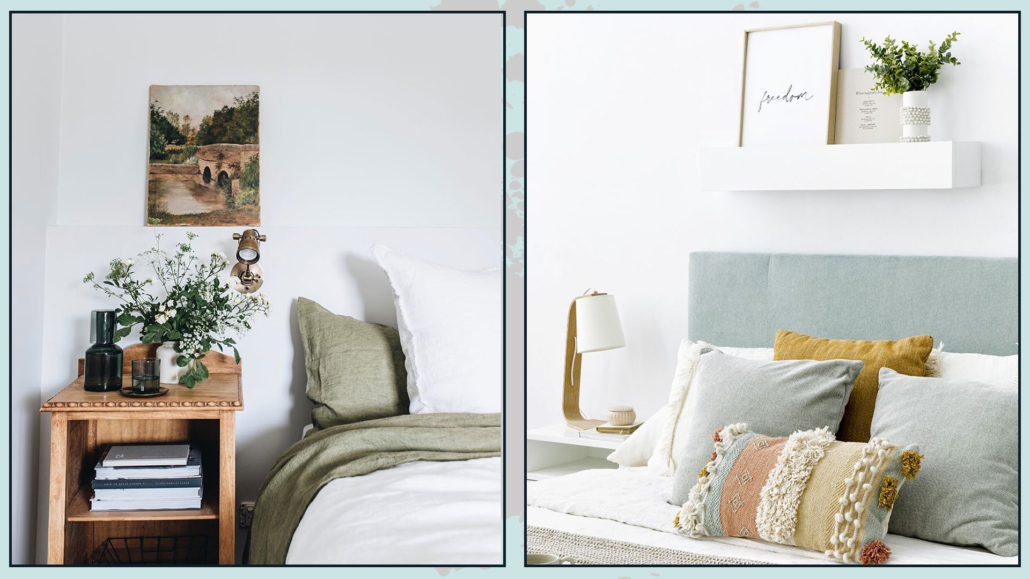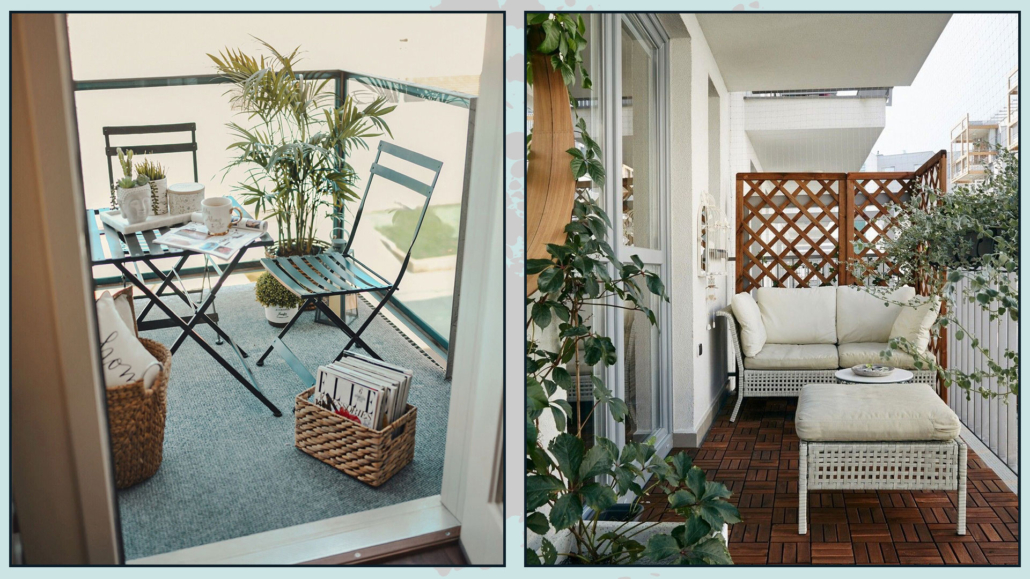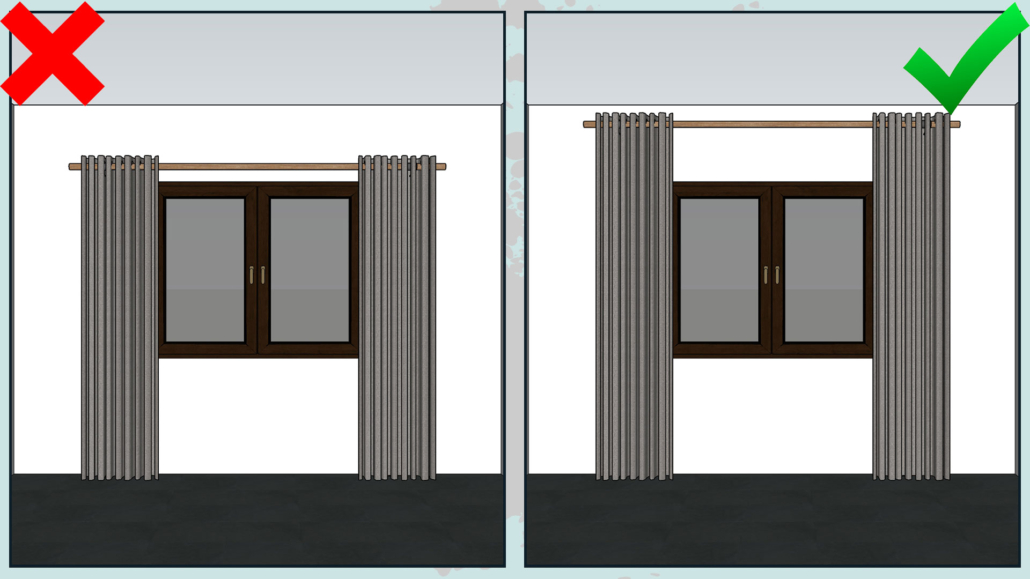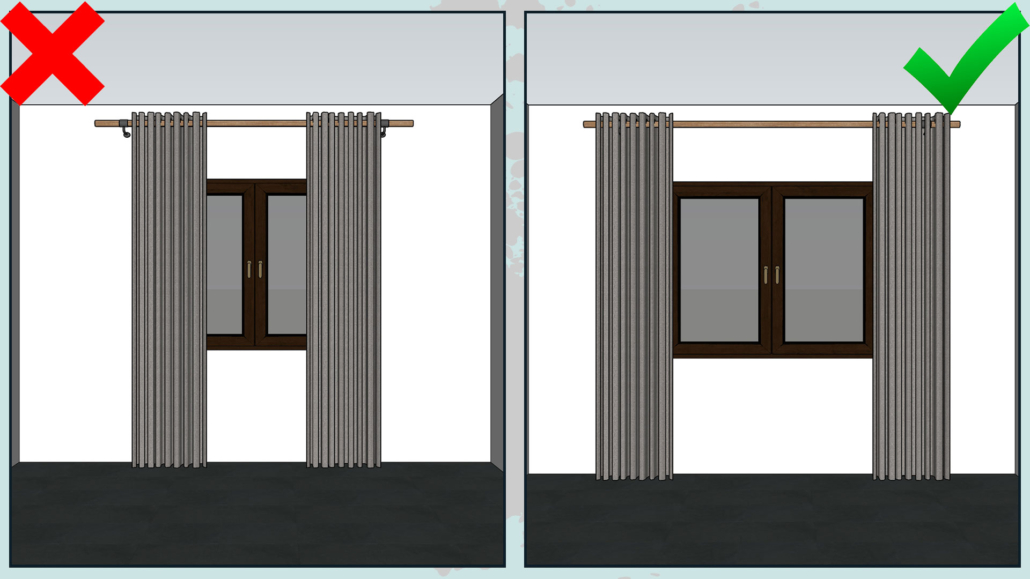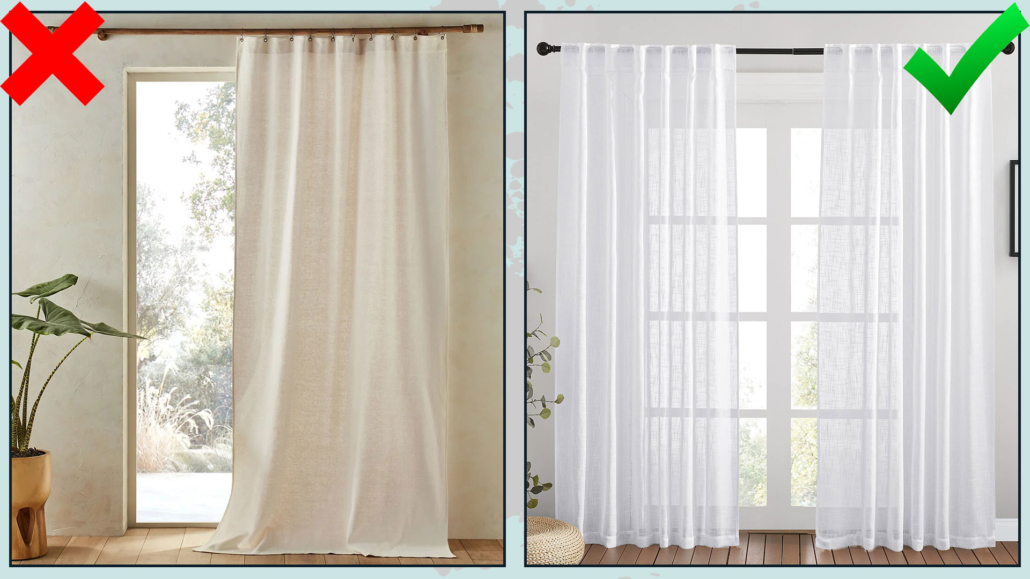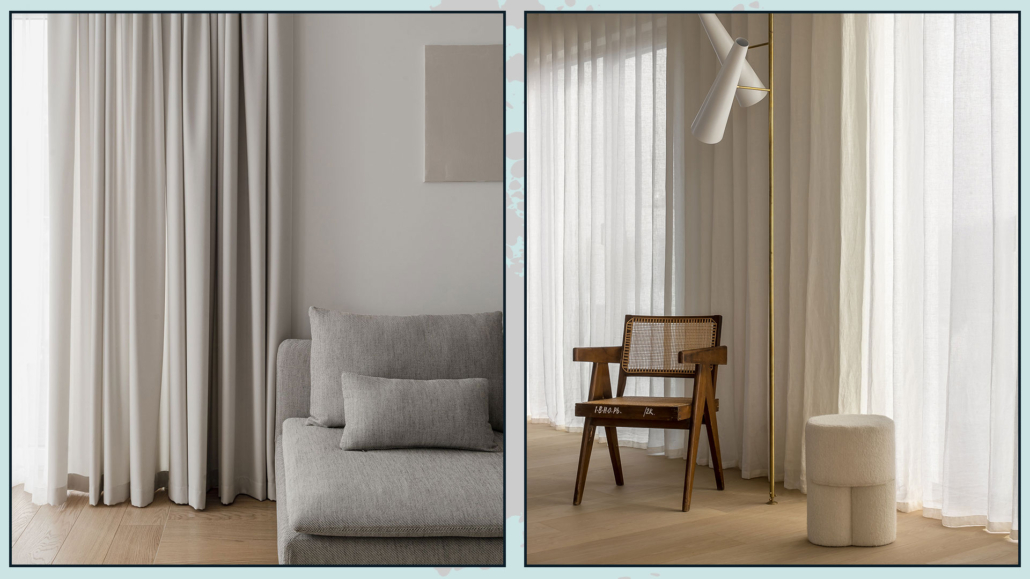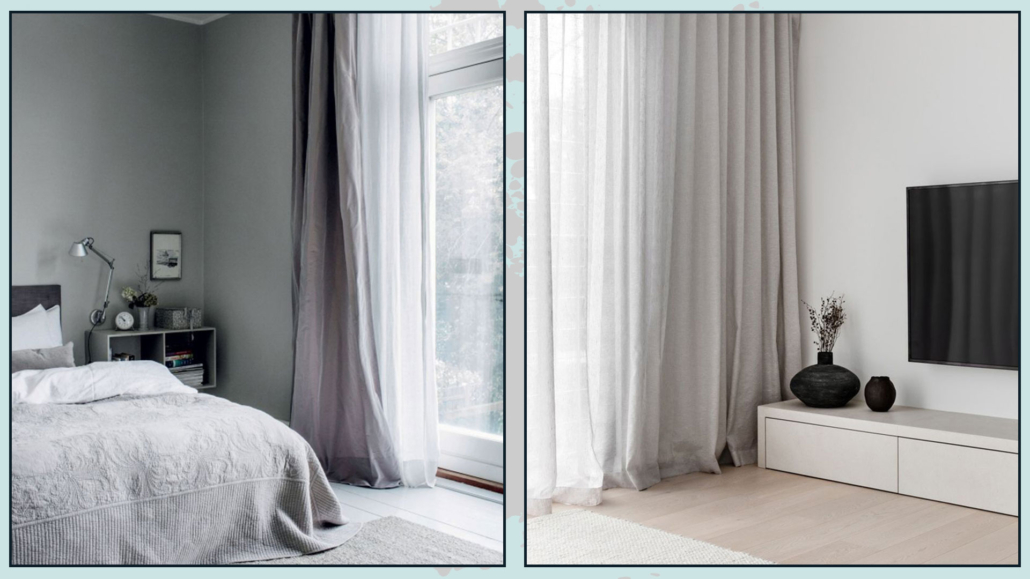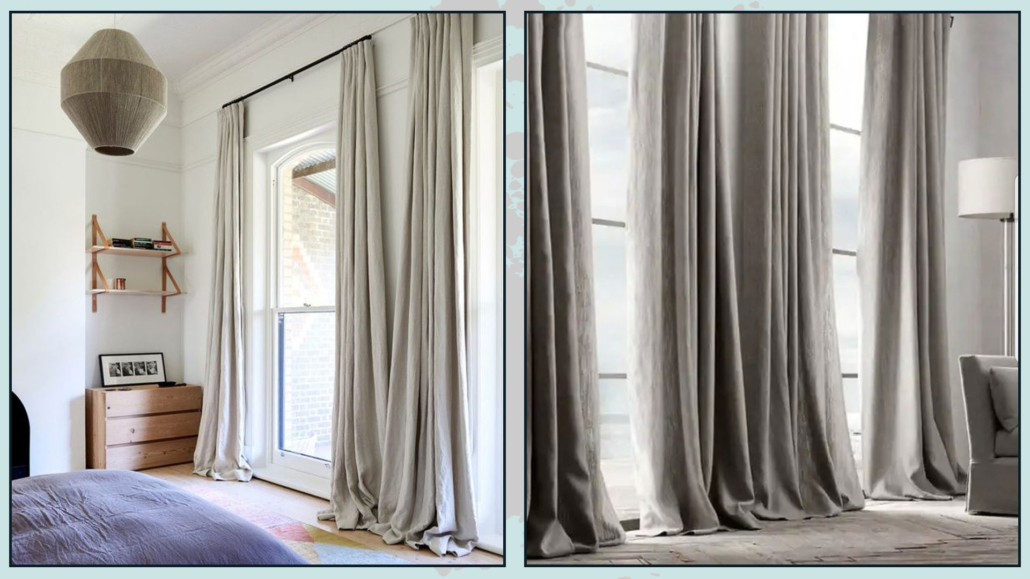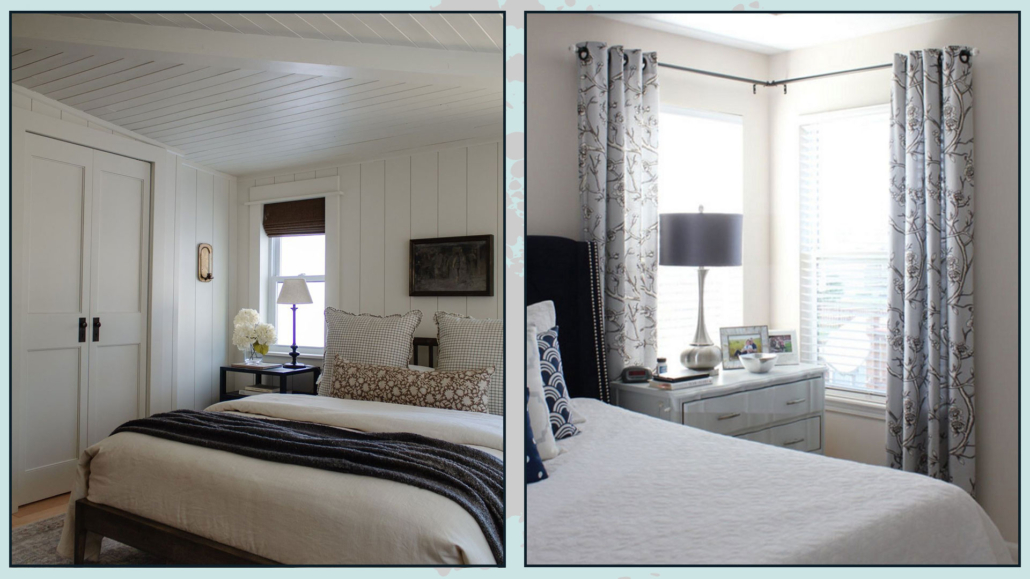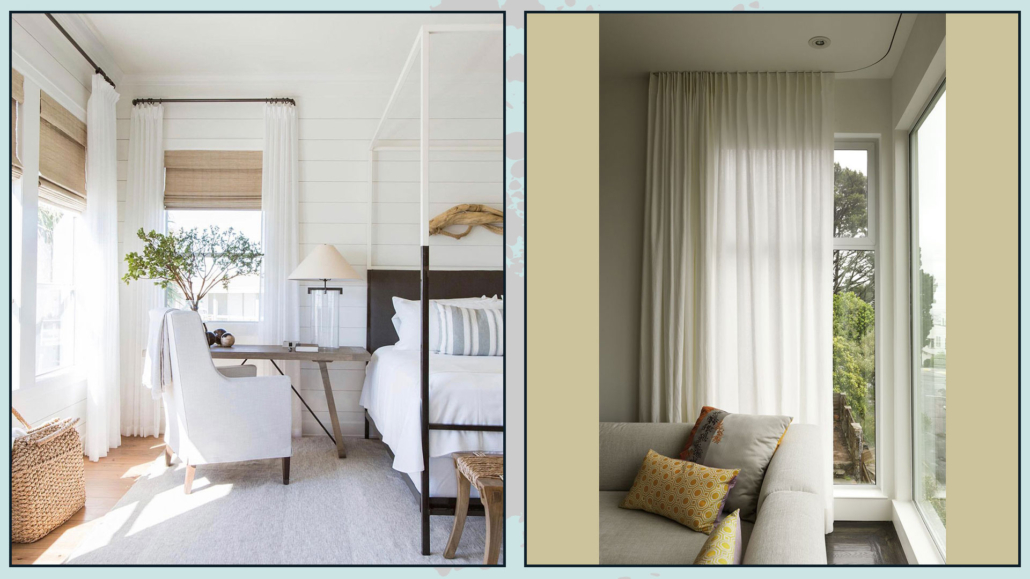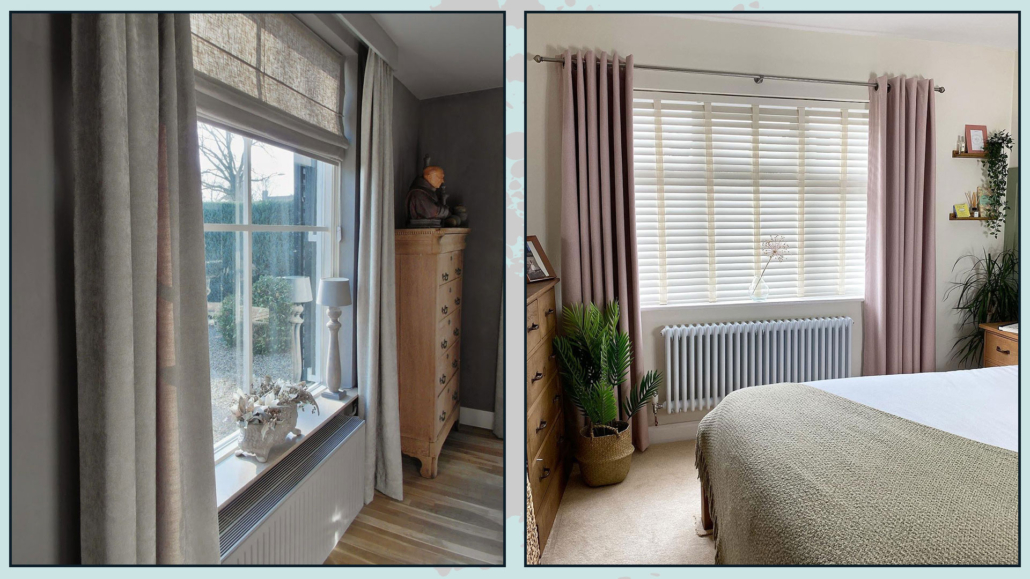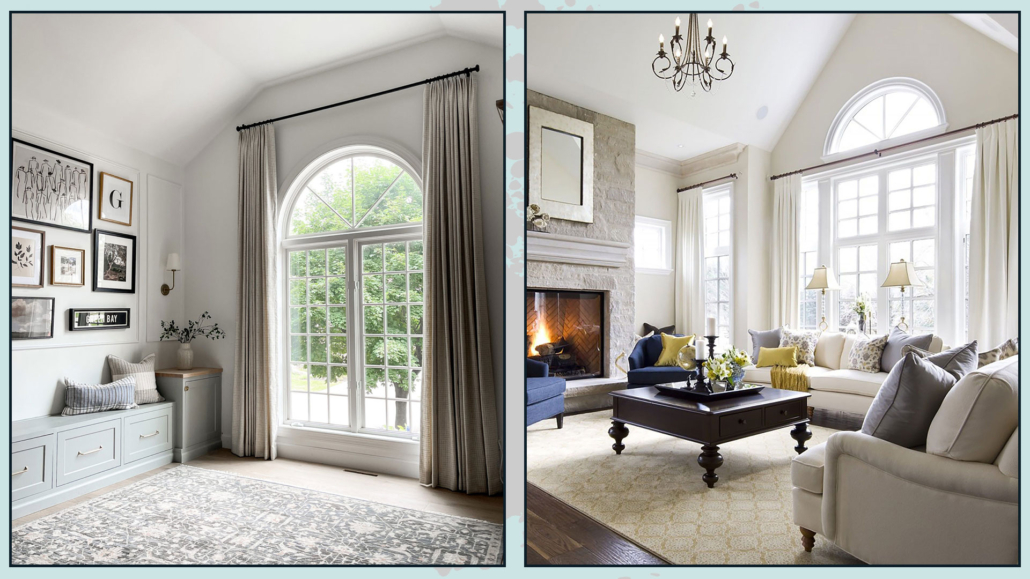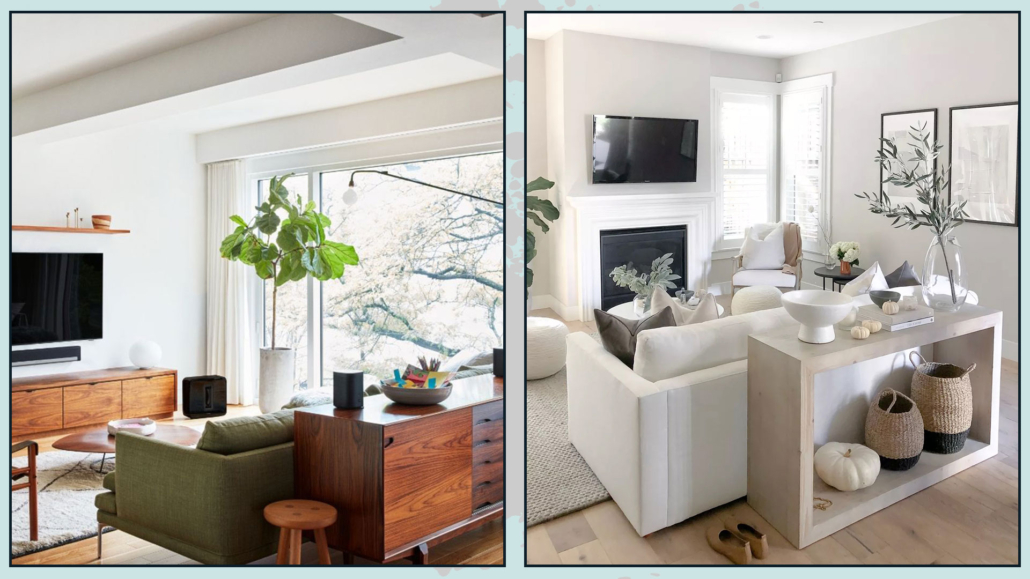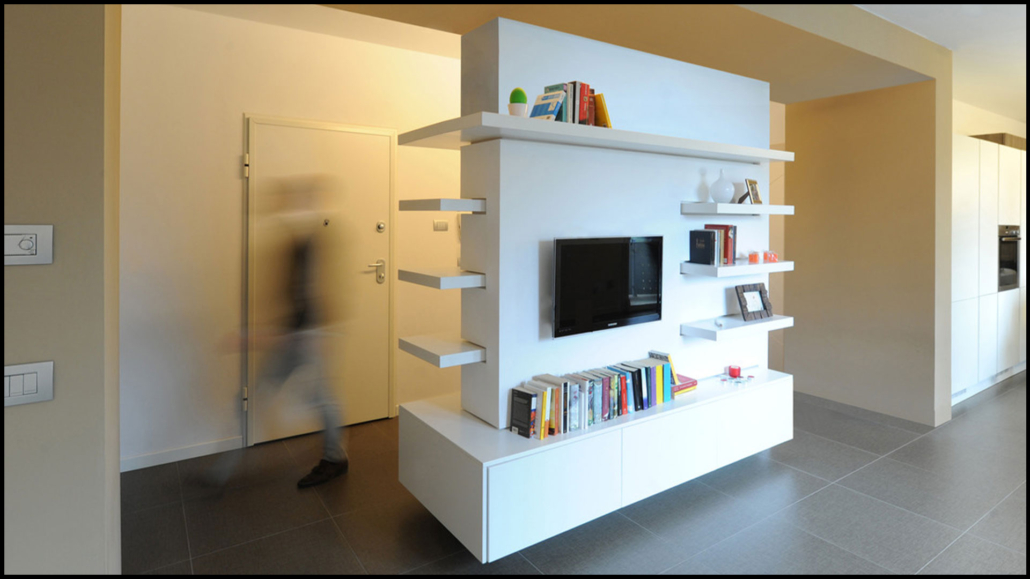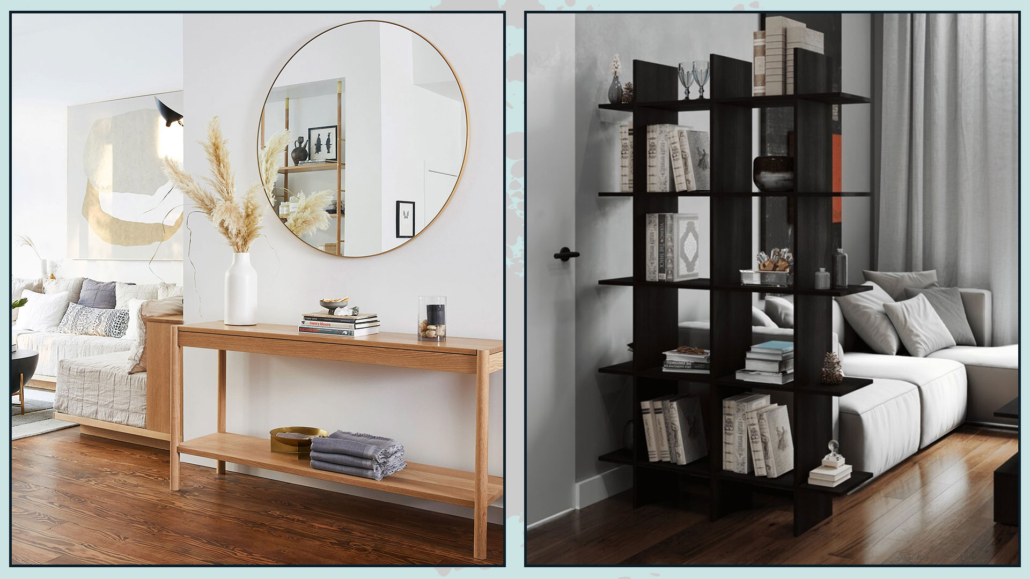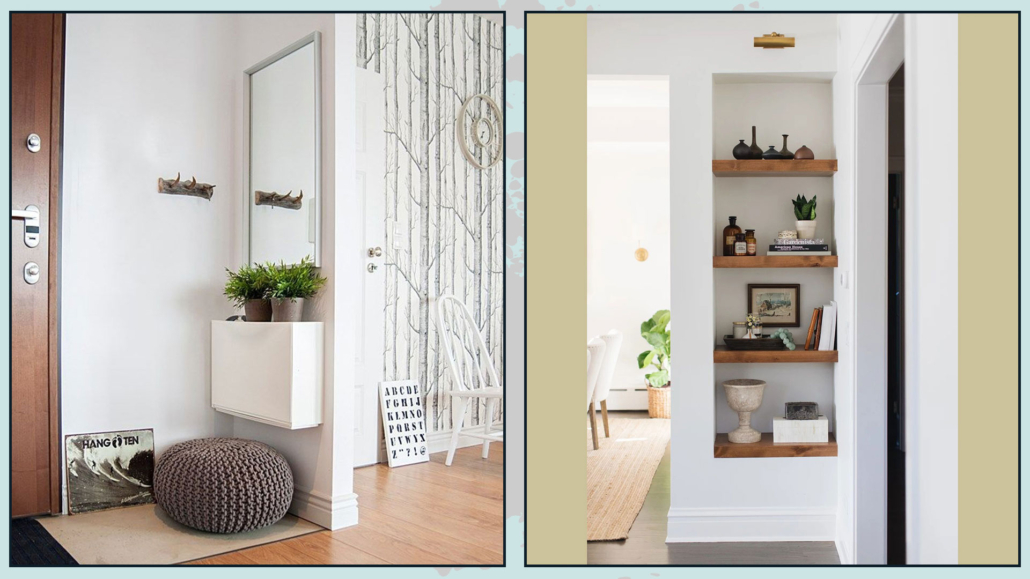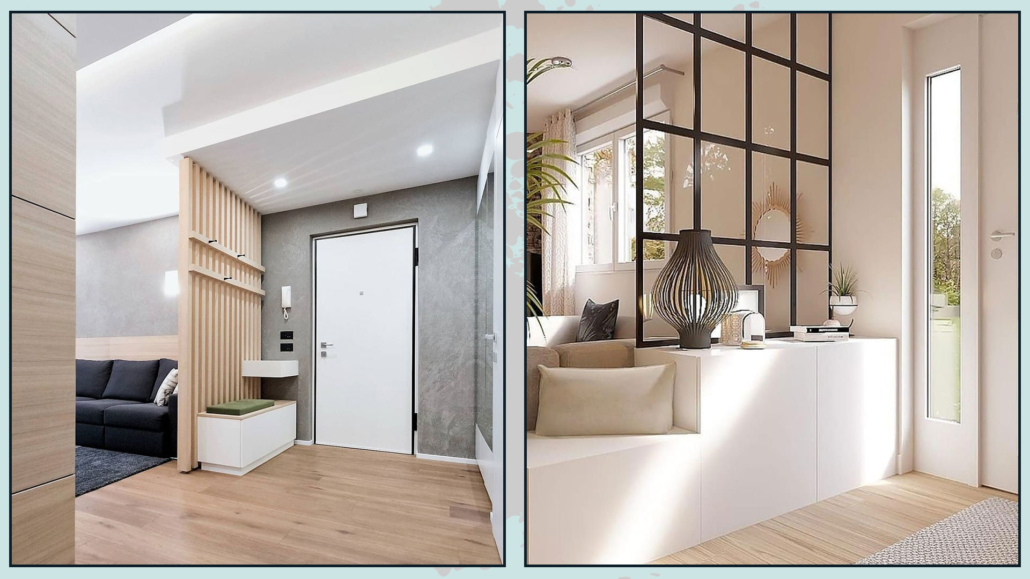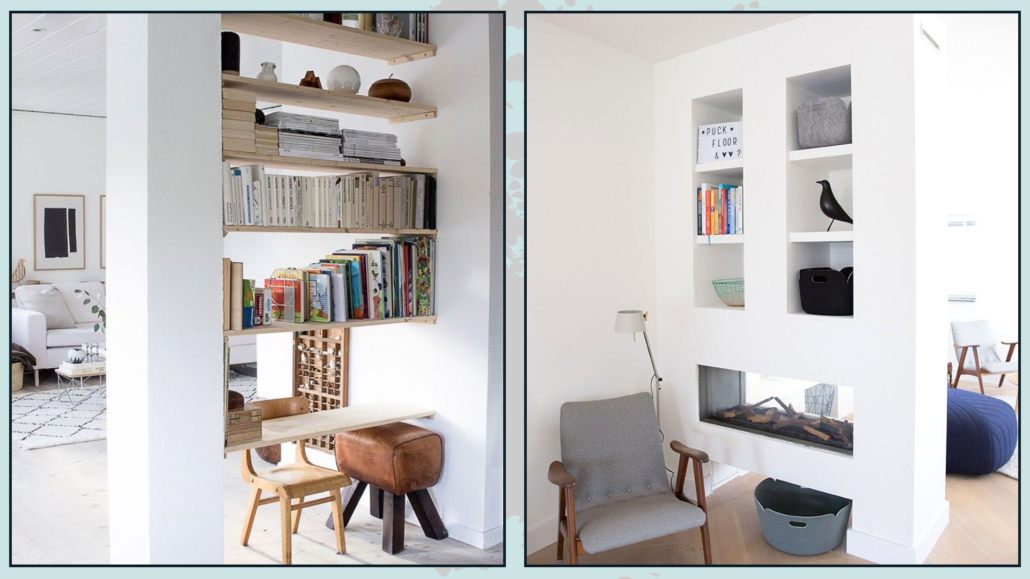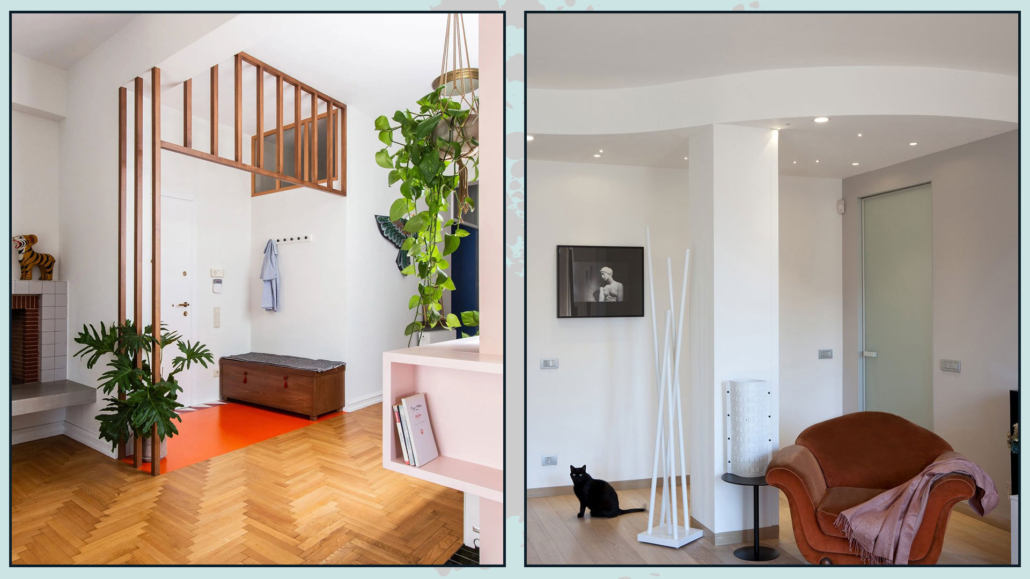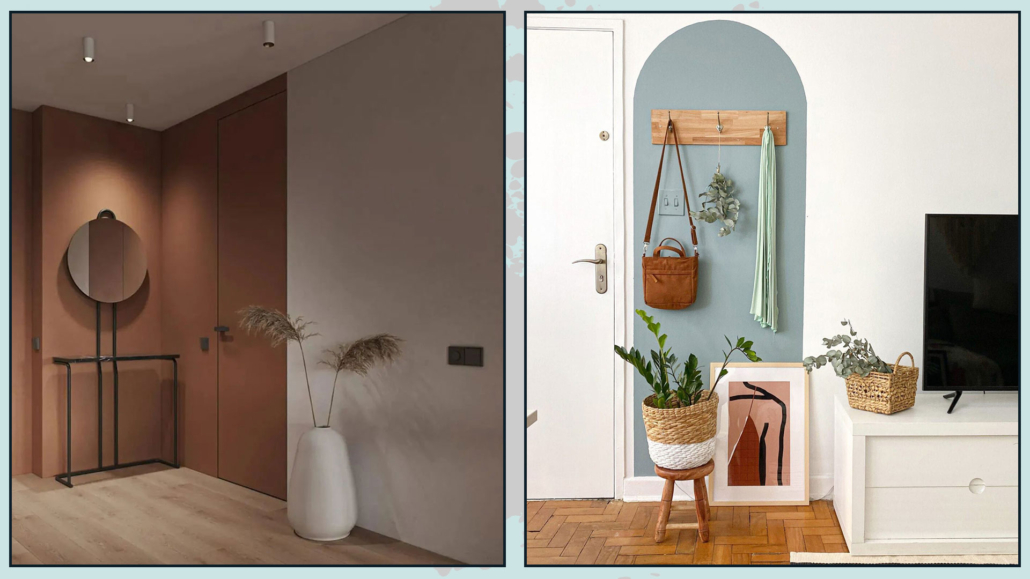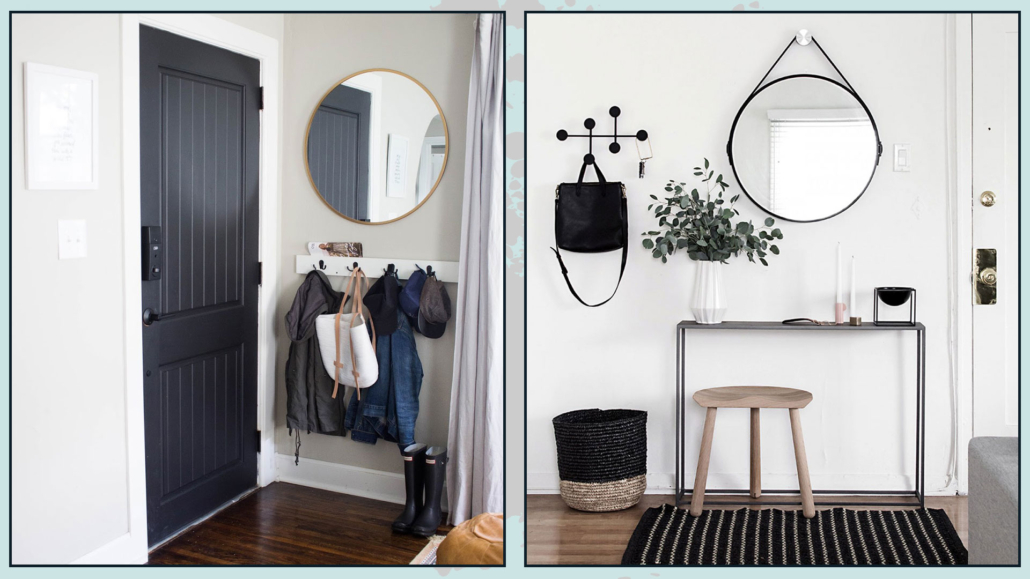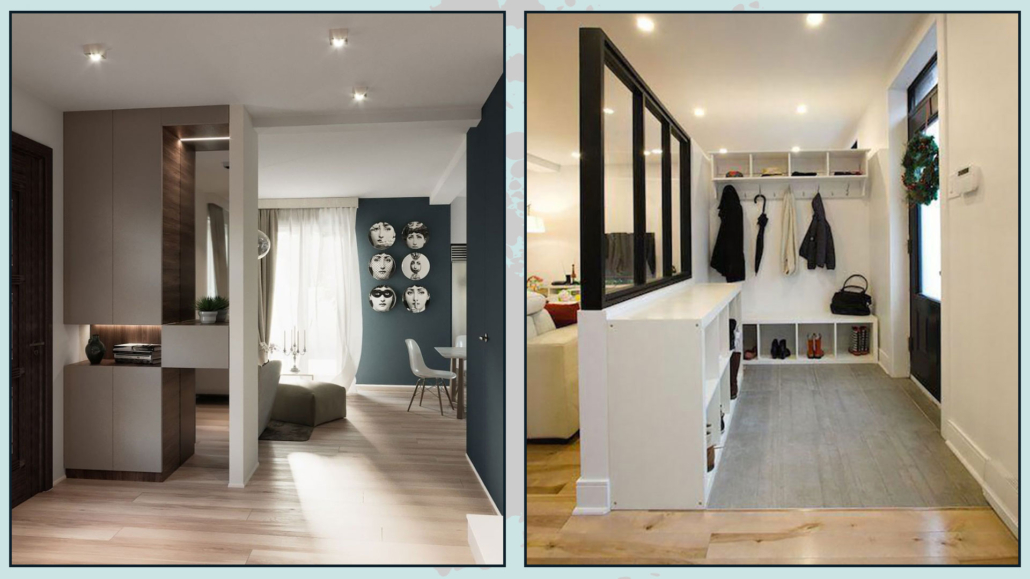A timeless home is a home that never gets tired and manages to go through various trends without ever going out of style!
Let me make it clear right away that having a timeless home does NOT mean you have to give up on following some trend you might like; you will add it in smaller elements, easily changeable if and when you no longer like it!
So let’s look at some elements that help to have a timeless home:
– NEUTRAL COLORS
Neutral colors are colors that never go out of style!
Whites, blacks, and grays primarily, but we can add beiges and powder blues!
Choose these colors for walls and major furniture!
Neutral colors are great because they match ANY style and any other color!
They are an evergreen and perfect home background!
It’s not that you have to make everything neutral: if you like the colors, you can, and I would say you have to, add them, but as an accent, maybe in the pillows or some objects.
You can also use them on some minor furniture, such as an armchair, and, if you want, on a small wall or a portion of it.
That will ensure you will not have to break the bank if you should change your mind after a few years!
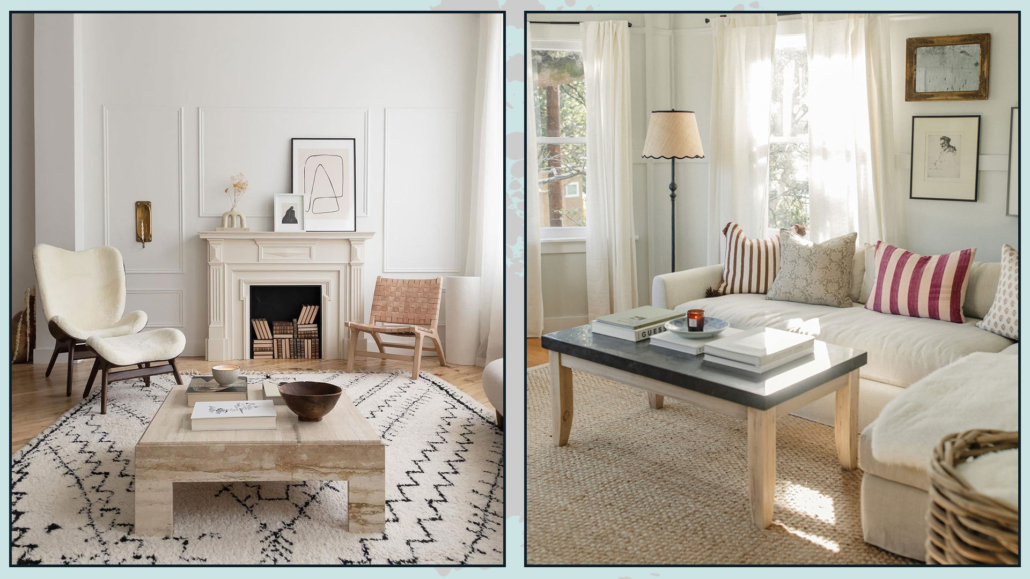
(credits: @umagedesign; harlowejames.com)
– BUY FURNITURE WITH CLEAN AND SIMPLE LINES
To give your home a sophisticated and timeless vibe, it’s a good idea to buy furniture with essential, simple, and clean lines.
It’s kind of like the neutral colors: simple lines go with any style!
Unusually shaped complements are not to be absolutely banned, but it is better not to overdo it, always in order not to risk getting bored with them after some time.
You can then add a few peculiar pieces leaving it as the original piece, again, easily replaceable over time!
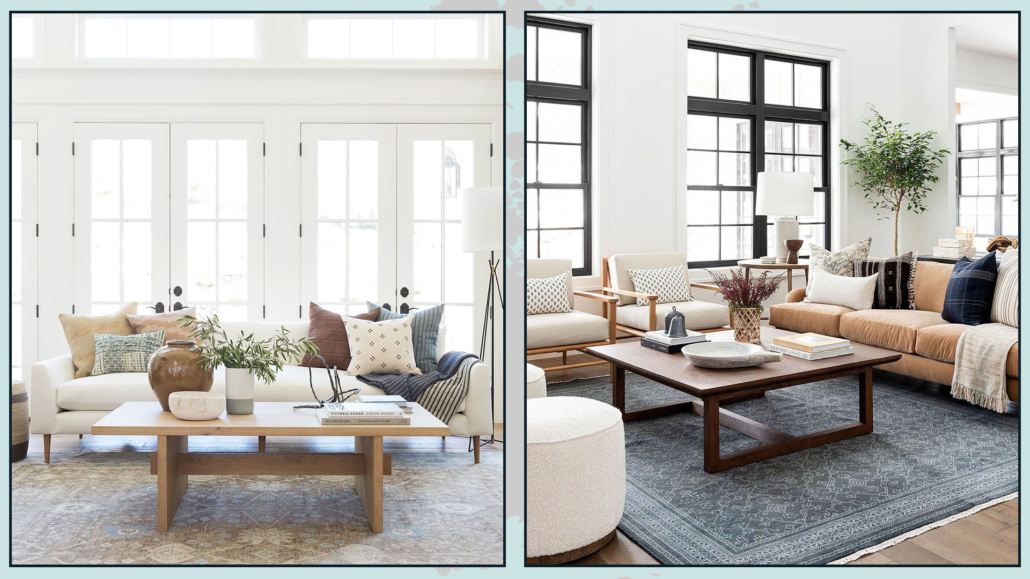
(credits: mcgeeandco.com)
– LESS IS MORE
Stay “simple” even in your decorations, and avoid cramming too much space with furniture and accessories or taping all the walls with photos and pictures!
Overfilling creates visual clutter, and this is not good for a timeless home!
Create a point of visual interest, a focal point, but also leave emptier areas to rest your eyes and, thus, your mind!
Empty spaces also will help emphasize the focal point because they will not distract!
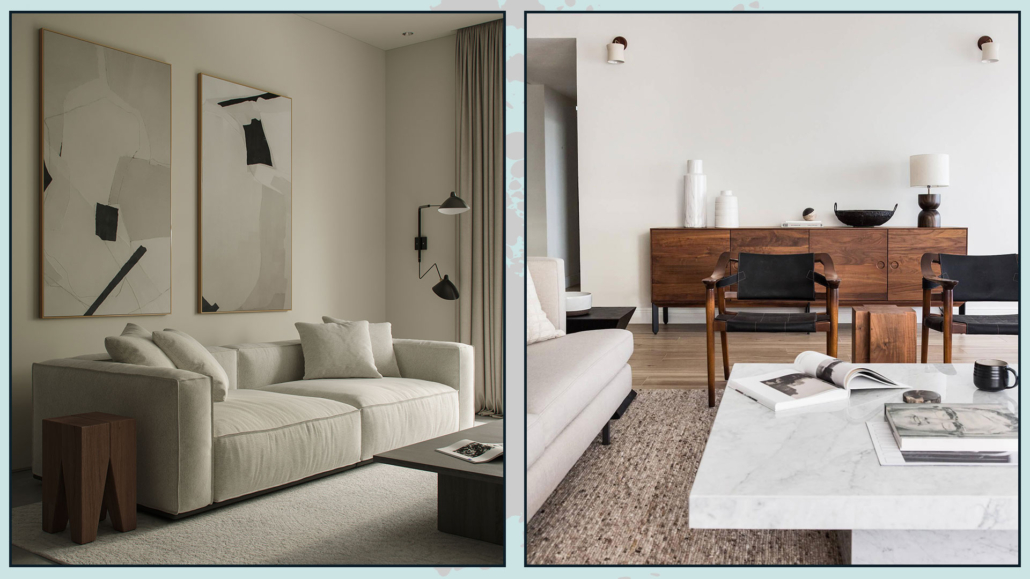
(credits: Behance; Avenue Design Studio)
– THINK ABOUT THE FUNCTIONALITY OF THE ENVIRONMENT
Every environment has its own function, and it is paramount that everything is really designed and arranged in the best possible way for that function!
In a living room, for example, you will need to pay attention to arrange everything in a way that encourages conversation in case of guests; that the television is at the right height and distance: all things that will always make use of that room comfortable.
It almost sounds silly to say, but if the room is not furnished in a super functional way, after a while, you will get tired of it and want to change everything!
So create environments you look forward to being in because they are comfortable and relaxing!
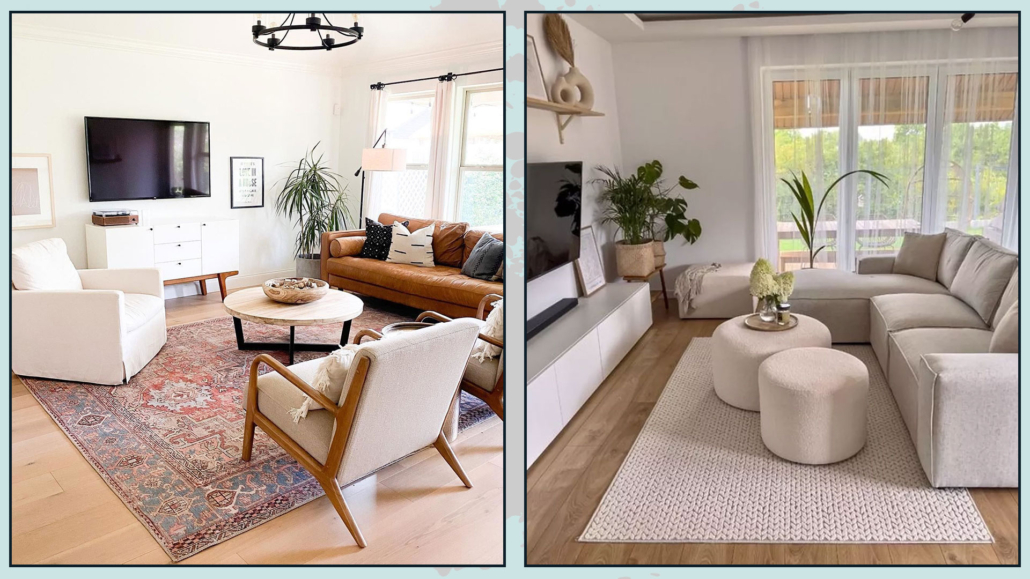
(credits: article.com; slf24.co.uk)
– COMBINE CLASSIC AND MODERN
To give a timeless look to your home is to make sure that you can’t place it in any specific decade, in particular mixing modern and classic!
Classic and modern will allow you to give a lived-in yet sophisticated feel, making your home timeless!
So don’t be afraid to mix different styles using elements you like and represent yourself!
For a good result, you can see the video where I talk about how to mix different styles: you can find it here.
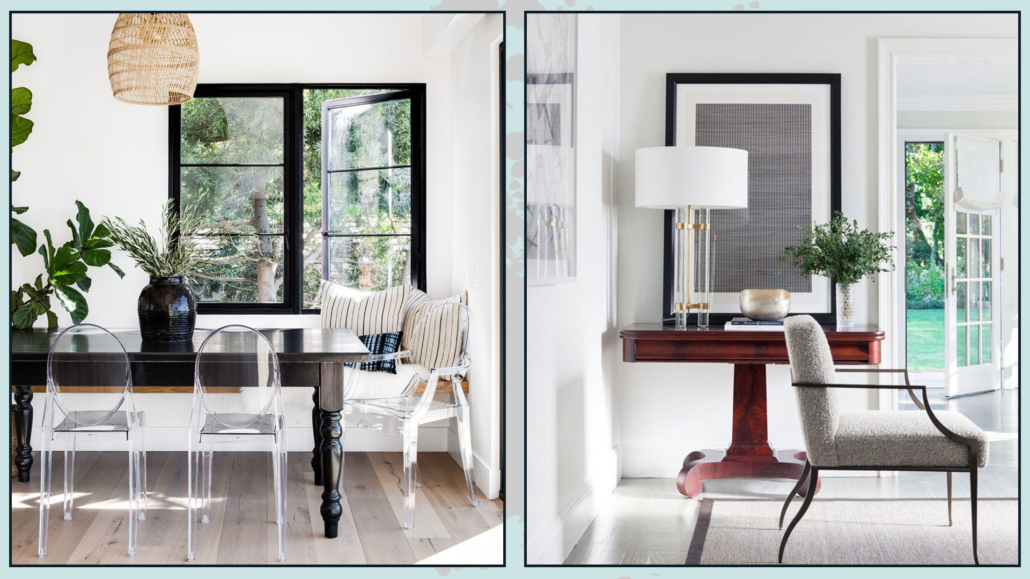
(credits: huitlaguna.com; incollect.com)
– USE CLASSIC PATTERNS
There are patterns that we find in virtually every trend, one of which is stripes.
Classic but also super contemporary, given the extensive use of geometric patterns, stripes certainly are a great way to give your home a timeless look.
Floral patterns, too, are a classic that never wanes!
Of course, it’s not like you have to give up other patterns: as for colors, use them as accents!
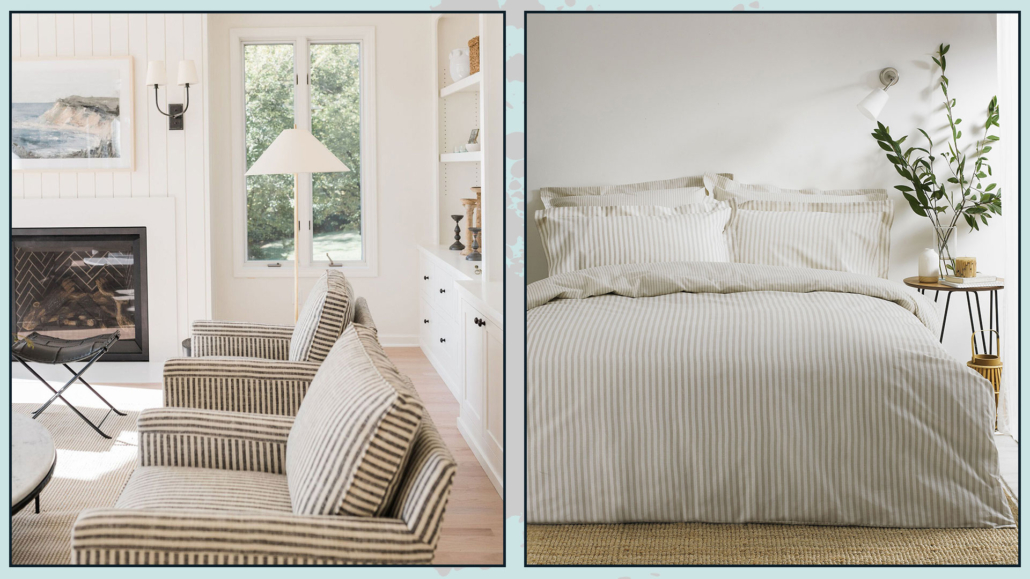
(credits: lightanddwell.com; secretsales.com)
– BUY QUALITY FURNITURE
Get quality furniture and accessories when you can!
Quality, you know, costs more, but it is worth it!
Now I’m not saying to buy everything super quality and, so spend necessarily a lot of money, but investing at least in the major furniture, like, it could be, the kitchen or the sofa, in quality furniture will pay you back!
This furniture will definitely last longer.
Another idea might also be to make custom, built-in furniture that looks like it is part of the architecture of the house.
It is a great way to take advantage of those awkward spaces and have more storage space.
An example would be if you have a pillar in the room, incorporate it into a bookcase that reaches to the wall next…
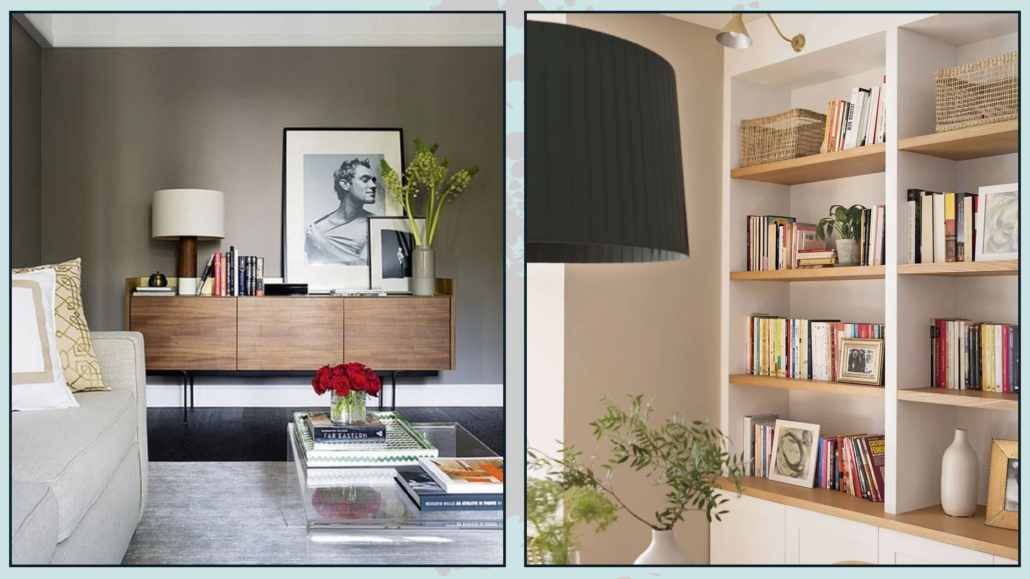
(credits: sinnenrausch.at; elmueble.com)
– NATURAL ELEMENTS
Using natural elements is quite common to all styles, and today more than ever!
So it is very likely that this trend will never go away!
So it will be essential to use, to give a timeless look, natural materials such as stone and wood as much as possible!
Besides plants, the most immediate and quickest way to have natural materials is to use wicker baskets.
But if you have to change some furniture, get them, even if lacquered, wooden ones, and use textiles such as cotton, wool, and linen among sofas, blankets, and curtains.
If you are going to make a renovation, think about using parquet, stone, or marble on floors and coverings or as a kitchen countertop!
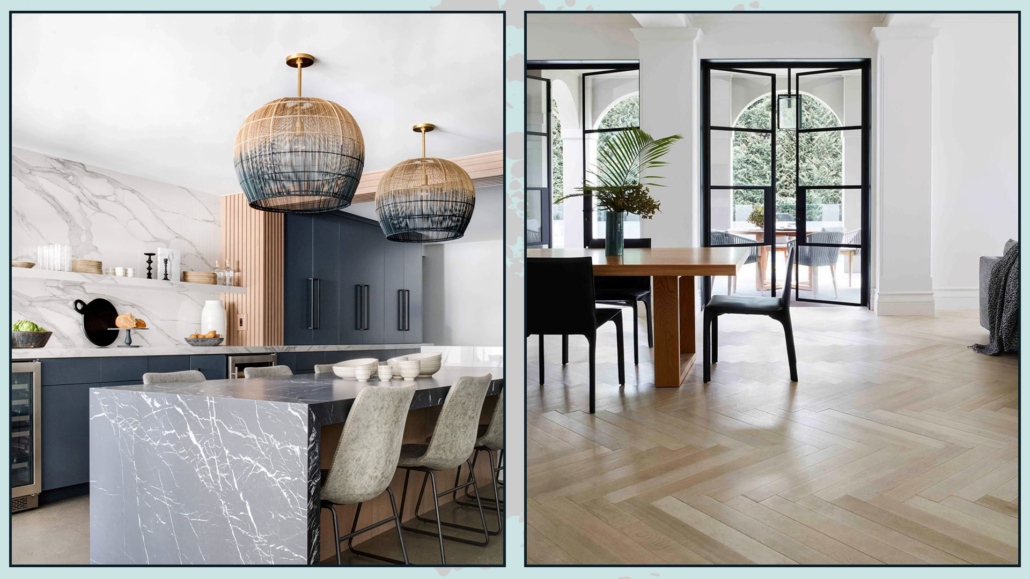
(credits: shop.lindyegalloway.com; Julia Green)
I hope this article was helpful and you love it; in case, let me know in the comments!
Feel free to share it with anyone you think might be interested, I will be honored, and it will help me get my name out there.
If you feel that your home, or some environment of it, does not reflect you enough, do not wait any longer and book your consultancy!

